Where I was, where I am, and where I’m going- My photography career thus far.
Photography has always been something I’ve shown interest in prior to me actually being the photographer I currently am- Whether I was taking pictures in the manual settings mode of my Samsun S7 Edge (which I credit for getting me interested in photography, or walking around my grandfathers land in northern California, capturing snapshots with my families Rebel XSI during my childhood.
To me, what truly started my career was the phone photos. Ever since I was given my first smartphone in middle school, I have been snapping pictures. However, it wasn’t until I got the Samsung S7 Edge (an amazing phone in its’ day) that I began taking photos with creative and artistic intent.
Then, as I was introduced to the car scene by my first car (my beloved 1985 MR2 that I still have today), I began taking interest in automotive photography.
This is where the photography really starts.
I started attending events at our local circuit, Adams Motorsports Park. They put on awesome, grassroots drifting events that are extremely well-positioned in the car community. Not only was the drifting itself awesome- but the parking lot was full of all sorts of cool cars from the spectators. It was a great environment to grow into photography- still subjects, moving subjects, questionable lighting conditions- all the challenges and elements of photography, available in one place.
Eager to get into it, I decided I would need a camera. Remember the ancient Rebel XSI from my childhood that I mentioned earlier? That would be the tool of choice (because it was free) to get me into photography.
It started off simple- kit lens photos of cars- the 75-300 being my favorite lens in my arsenal. I would achieve decent shots of action with this setup. Eventually, I started my page Three Pedal Co. with a buddy of mine. This would be the first step in my photography endeavors.
Inevitably, taking pictures whilst also promoting them on social media led to the subjects wanting their photos. We never charged in the beginning, we felt that charging was ultimately something we shouldn’t do at our skill level- but tips were okay! So, we distributed photos for free, collecting tips when possible, and asked to be tagged in the photos on social media to grow our brand awareness.
Eventually, seeing our work, people began wanting to book us for photoshoots- this is when the hustle truly began. I upgraded to a canon rebel T5, and the next chapter would begin- the paid hobbyist portion of my career.
This upgrade truthfully wasn’t a big one- the main inspiration in the upgrade was shooting video, as I felt video would be the key to growing our brand. This clearly wasn’t the case, as I don’t shoot any video these days. But the T5 did allow me to test the waters of video and performed remarkably better than the XSI for photographic purposes.
I did my fair share of automotive shoots with this camera. Until one day, suddenly while on a shoot, it crapped out and bricked. I was able to get it to turn on a few times- but the camera was dead, and I was suddenly a photographer without a camera.

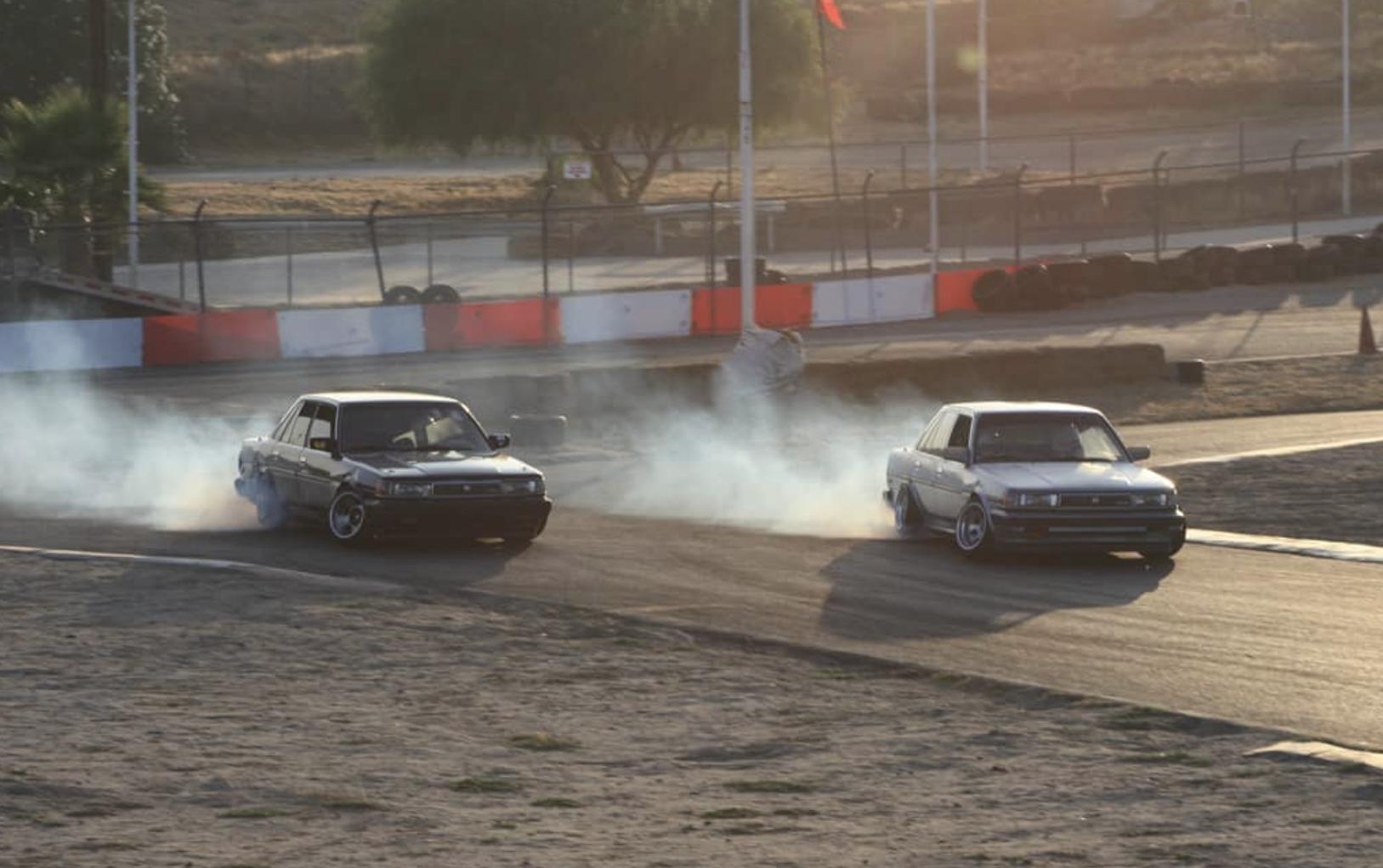
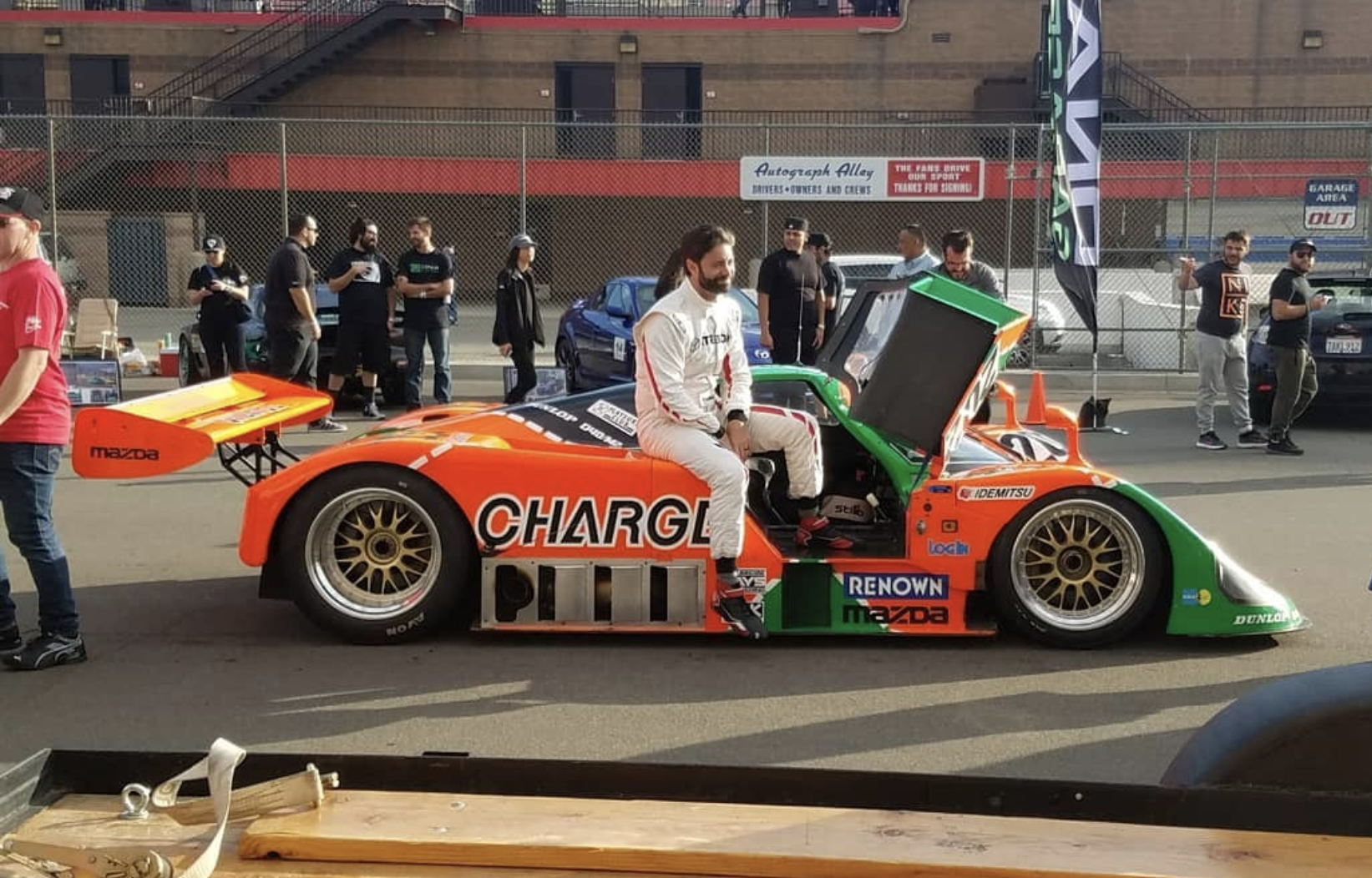

So, I moved past the T5 out of necessity, and after saving for a while I got the Canon 80D- a solid camera! Still a crop-sensor camera, but it was arguably the best crop-sensor in its day, and will likely go down as one of the greatest APS-C DSLRs of all time. It was a hell of an upgrade and seemed perfect for my uses in automotive work, as well as the beginning of portrait and landscape work.
This is where the next chapter begins.
The 80D marks an important milestone in my gear in many ways- the transition from a beginner camera to a hobbyist pro-sumer (80D was used by many wildlife and sports professionals as their APS-C choice for extra reach) meant I myself was transitioning from a beginner to an amateur/ hobbyist photographer. It really was the perfect camera for me then.
I began shooting things other than cars, while still pushing Three Pedal Co to grow. At the time, my partner for TPC began to exit photography, and running a whole car-specific page on my own didn’t seem like the greatest idea. I decided to maintain profitability and growth, a new page would have to be created, and Ean Miller Photos was born.
I began to shift away from automotive work. The automotive photography market was over-saturated, and frankly, jobs would come based on how much “clout” you had on Instagram rather than the actual quality of your work. Not ideal. I began shooting portraits of friends, landscapes, and sports. This wasn’t extremely profitable, but yielded good results and would place me on the right path to do paid work down the line.
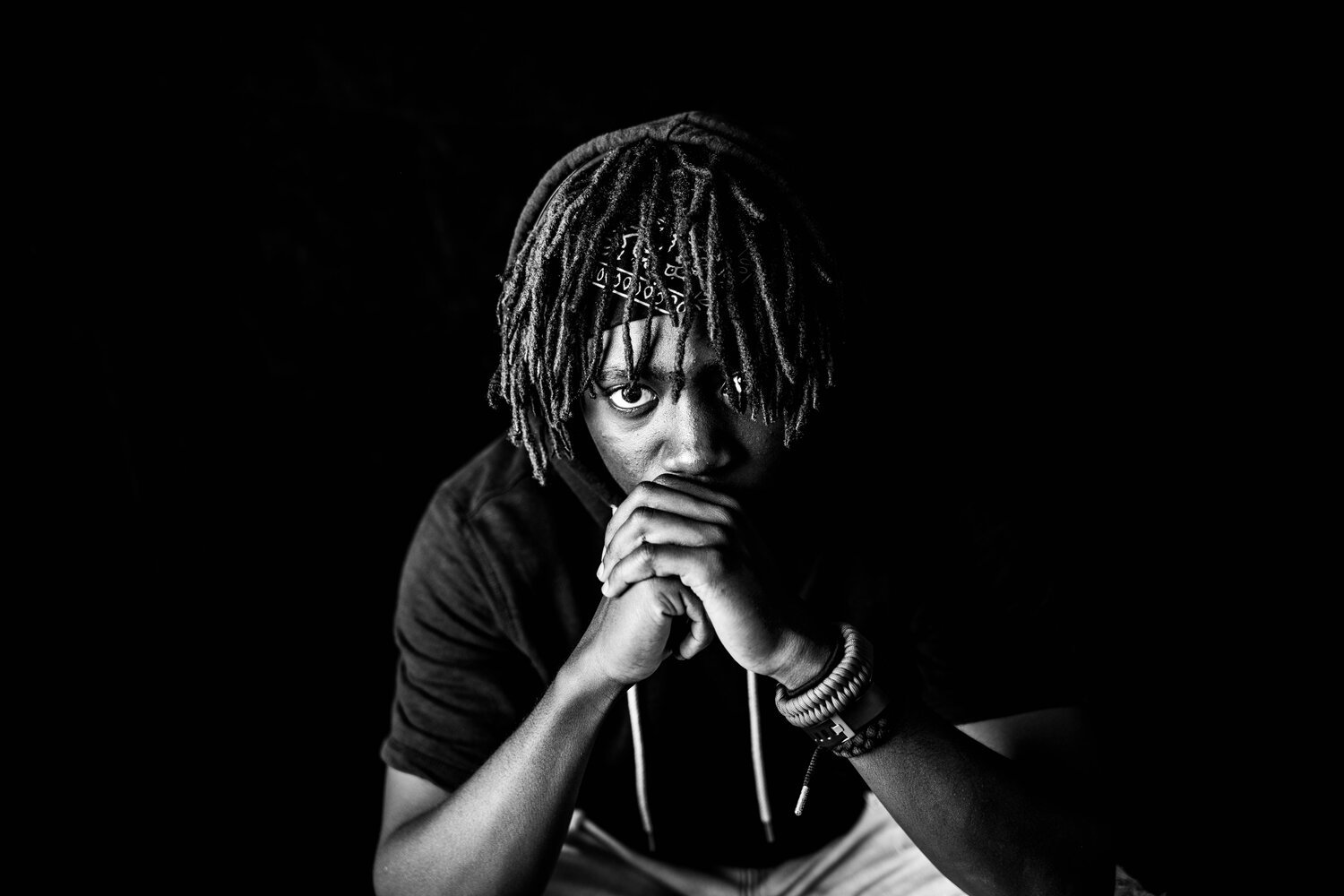
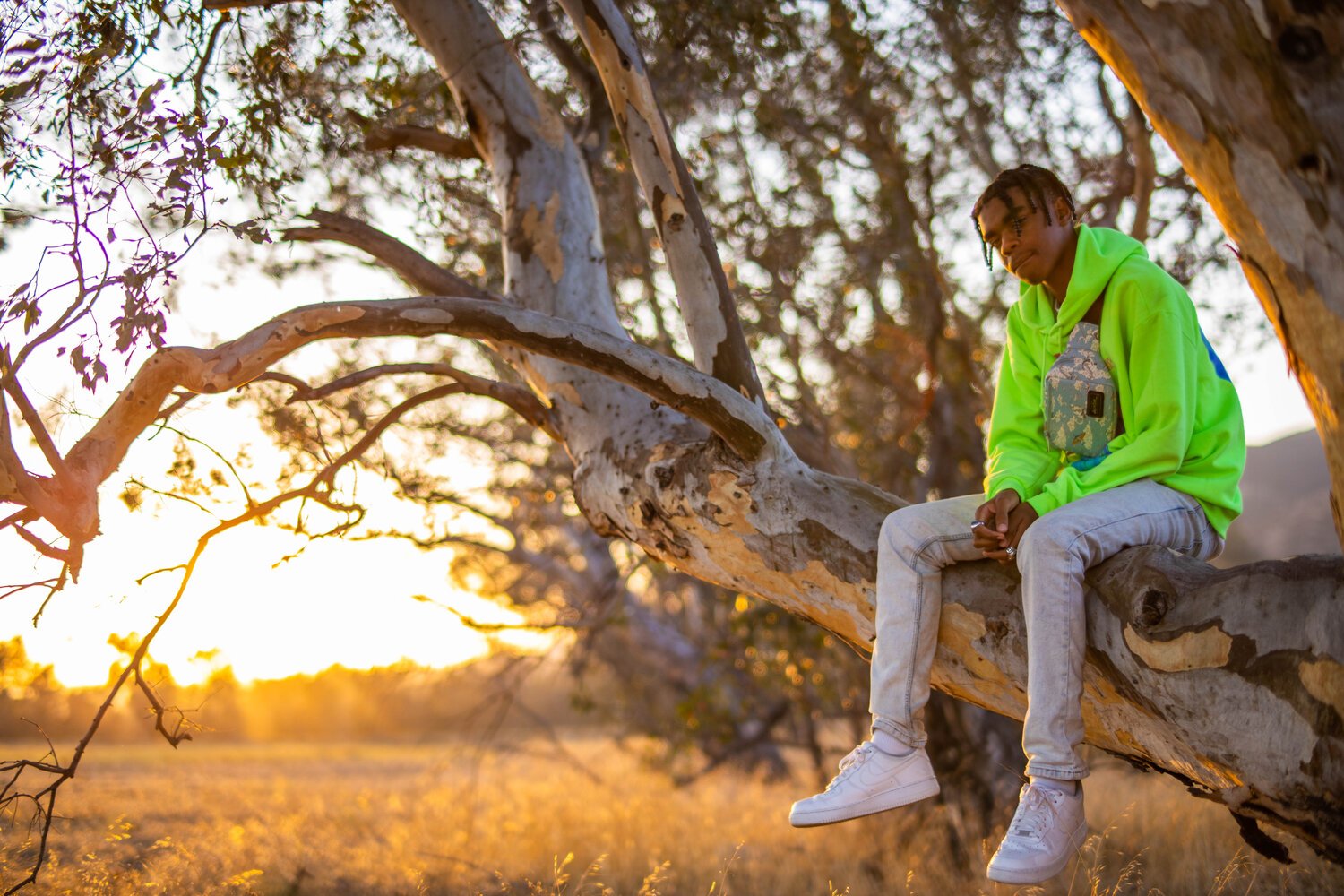
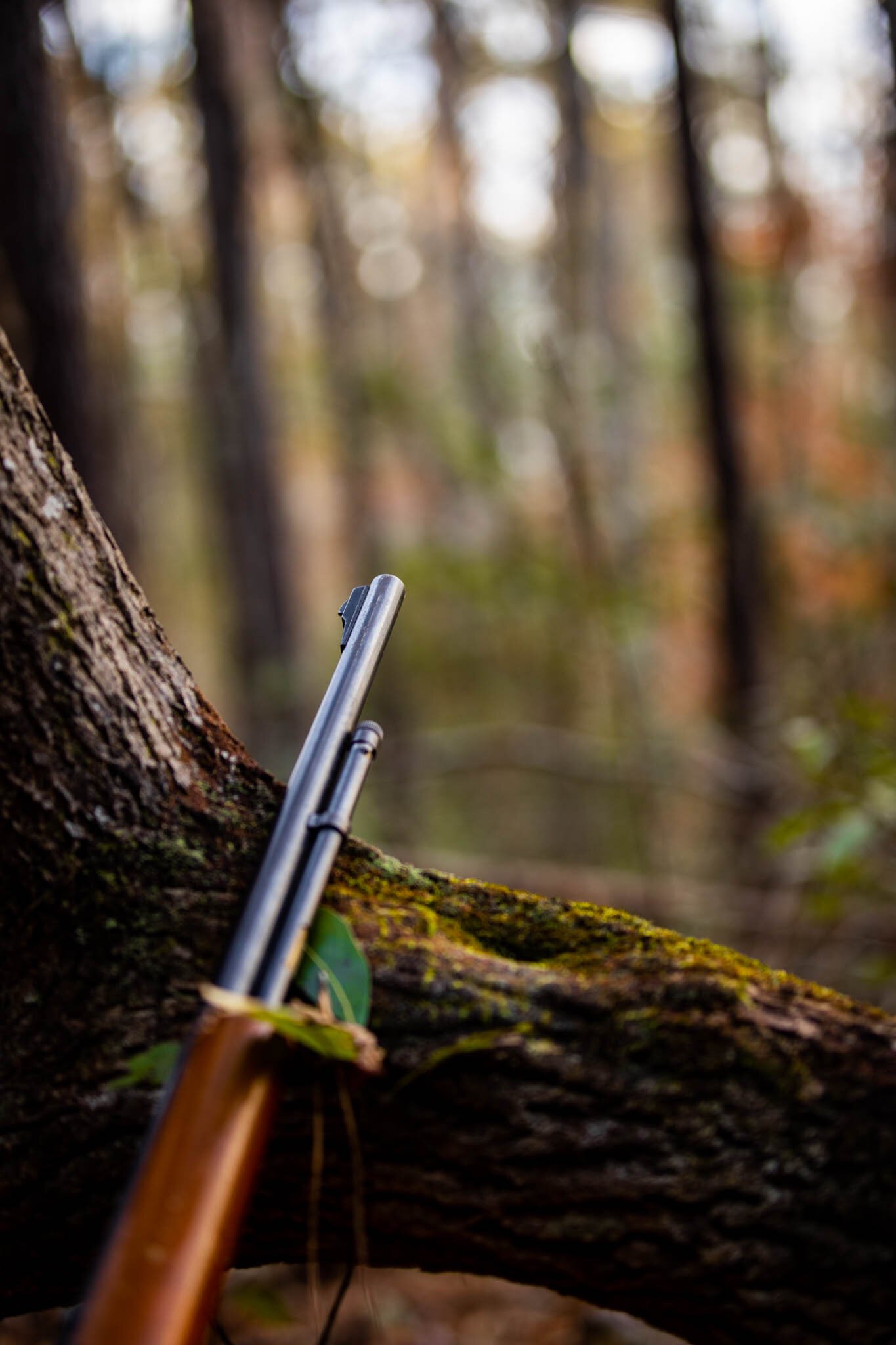
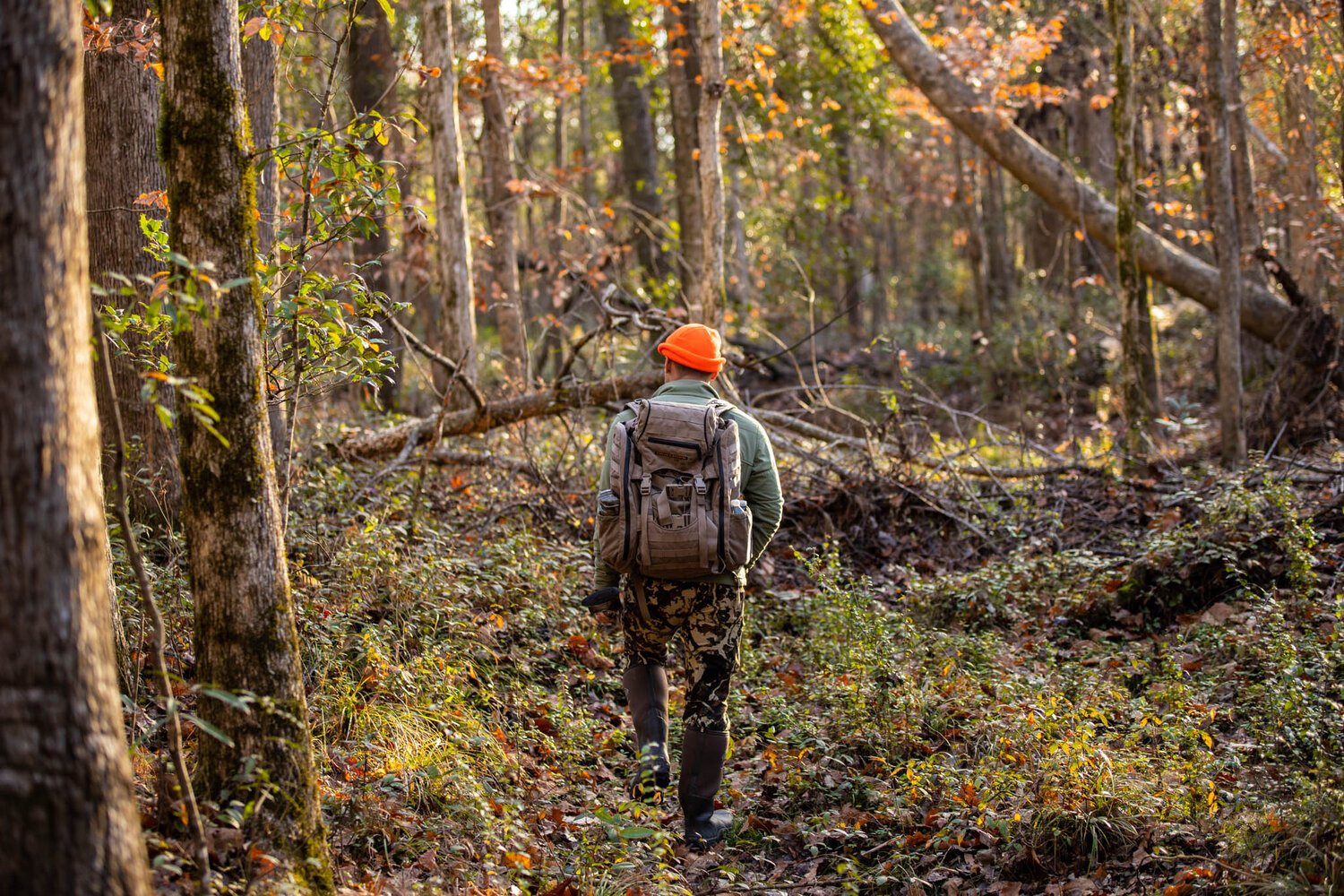
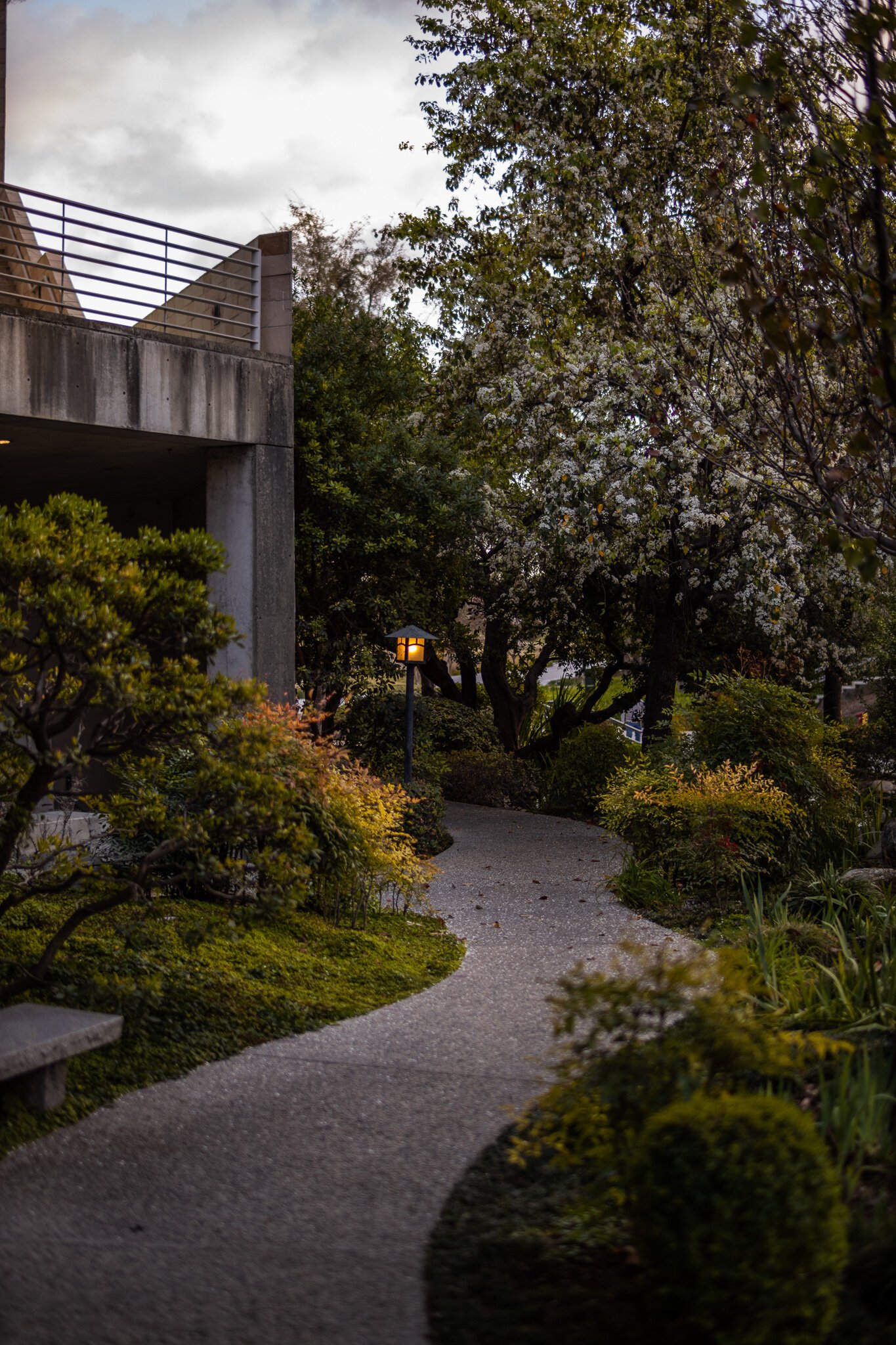
The next leap in my career wouldn’t necessarily come in the form of gear- rather a class. Joining Yearbook would forever change the way I looked at photography, and would ultimately prepare me and accelerate me towards where I am now.
But how? A high-school class usually isn’t that influential, right? In most cases, yes. But this class offered more than credits and homework- it offered genuine learning in the field, as well as taught the crucial aspects of producing photographic work.
Yes, there are photography classes. There were at my school, too. These will generally teach you how to use a camera, but won’t teach you how to be a photographer. Yes, you will take pictures. you will learn how to use the equipment. But how does this actually translate to a photographic career? unfortunately, it doesn’t. In photography classes, you will likely take artsy, posed photos of people and other subjects (like toys and objects). In the yearbook, you are taking headshots, documentation portraiture, capturing candid moments of students’ everyday lives, and you’ll get the exclusive ability to capture games from the sidelines. Each one of these things is (for the most part) what I do to generate most of my income.
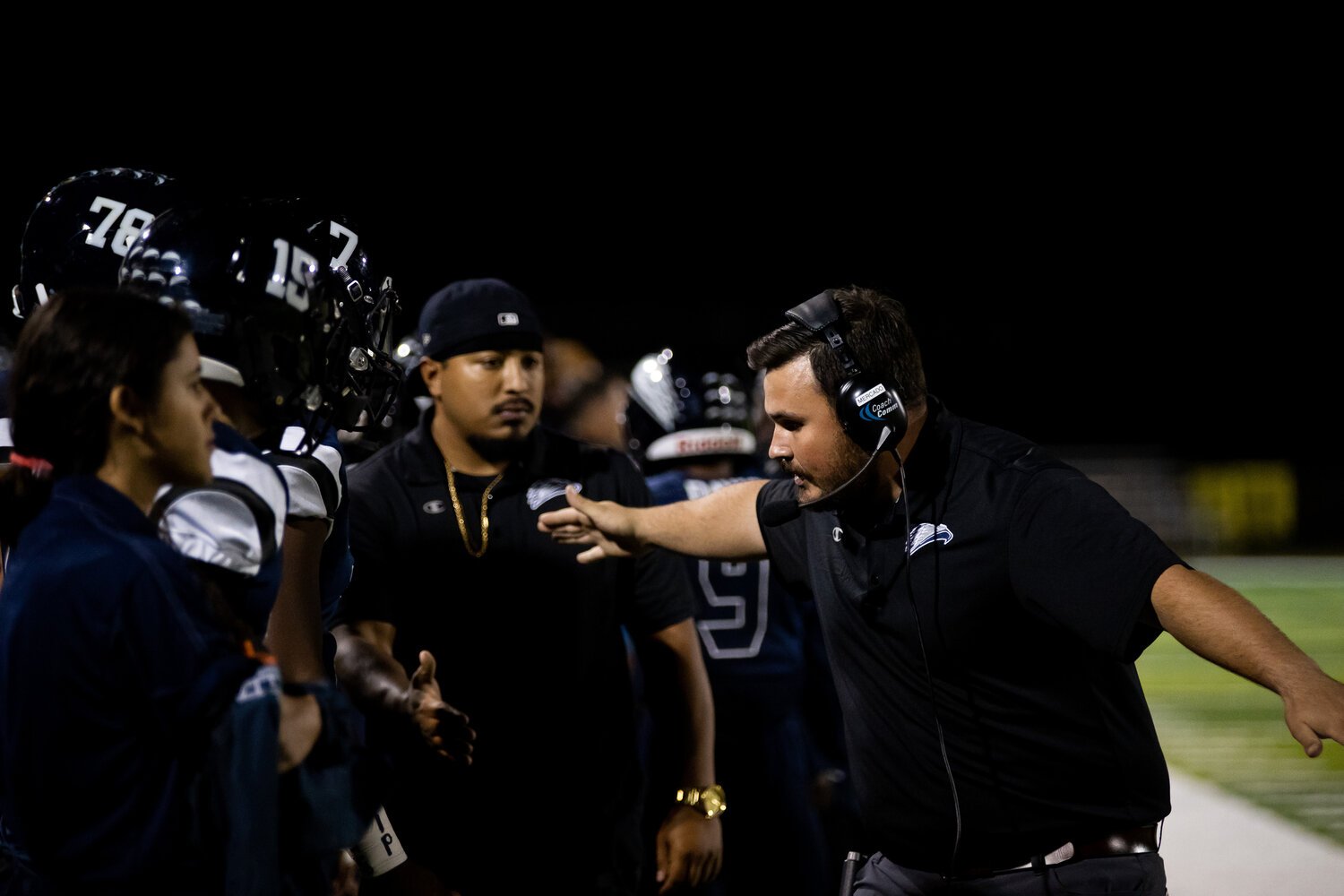
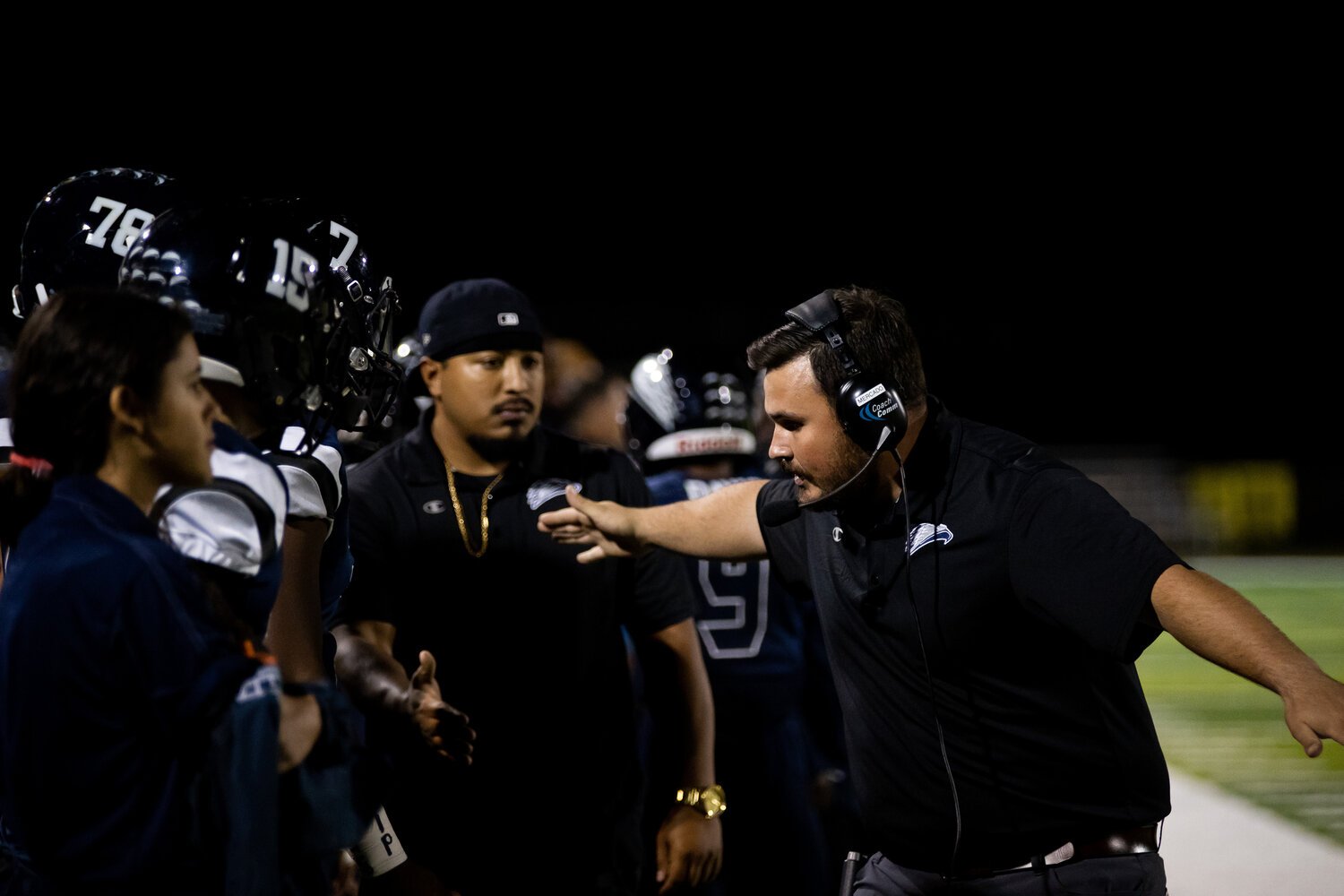
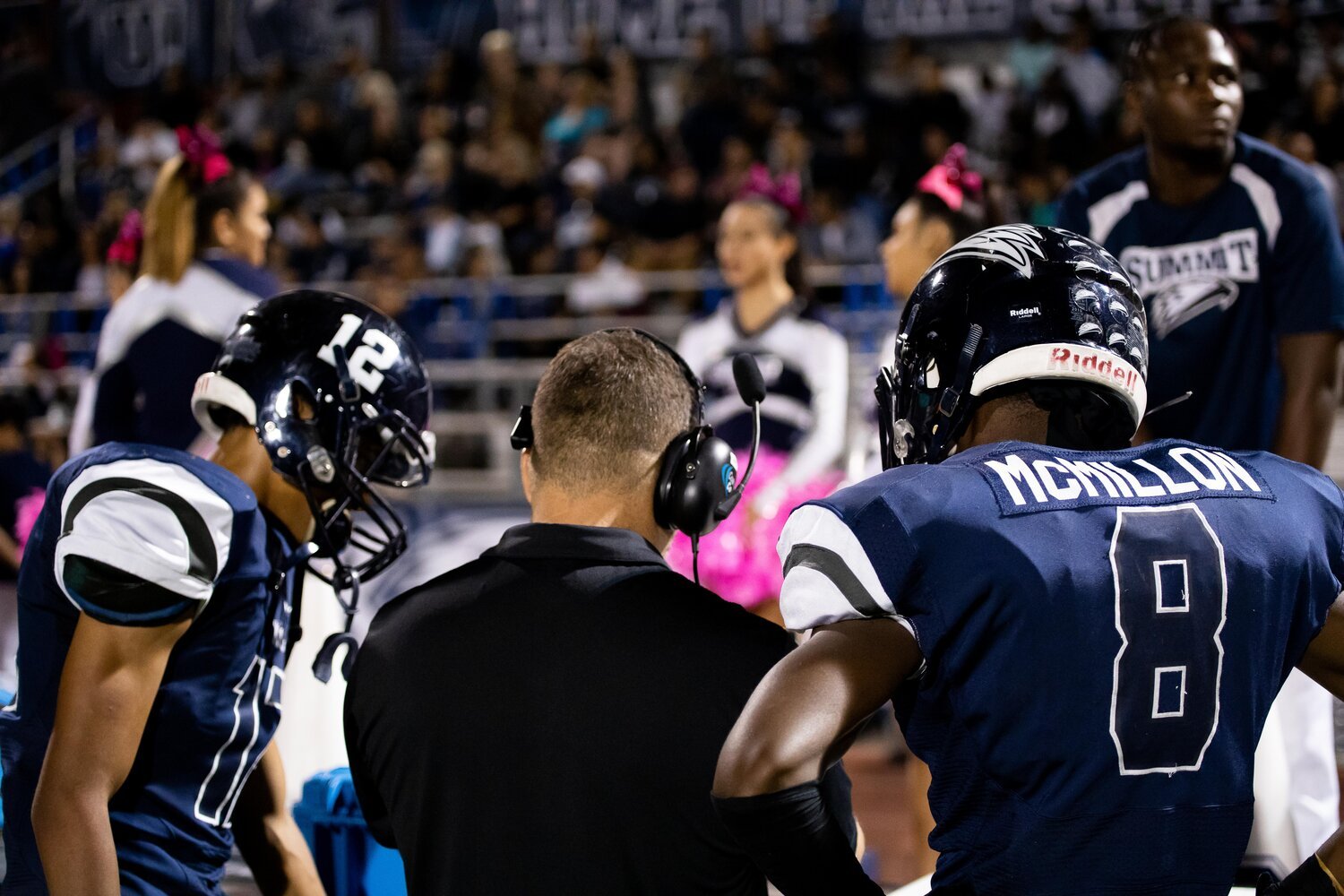
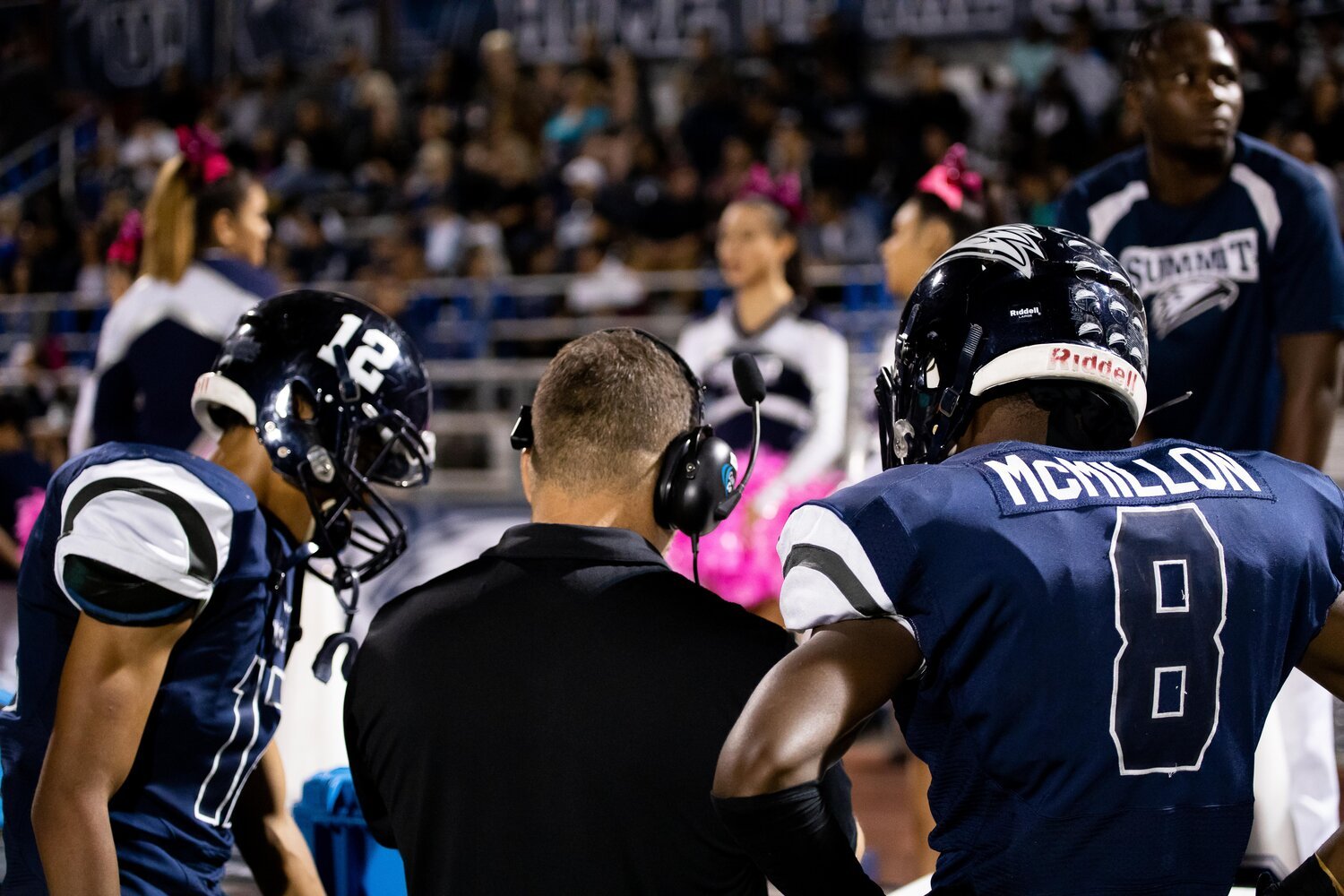
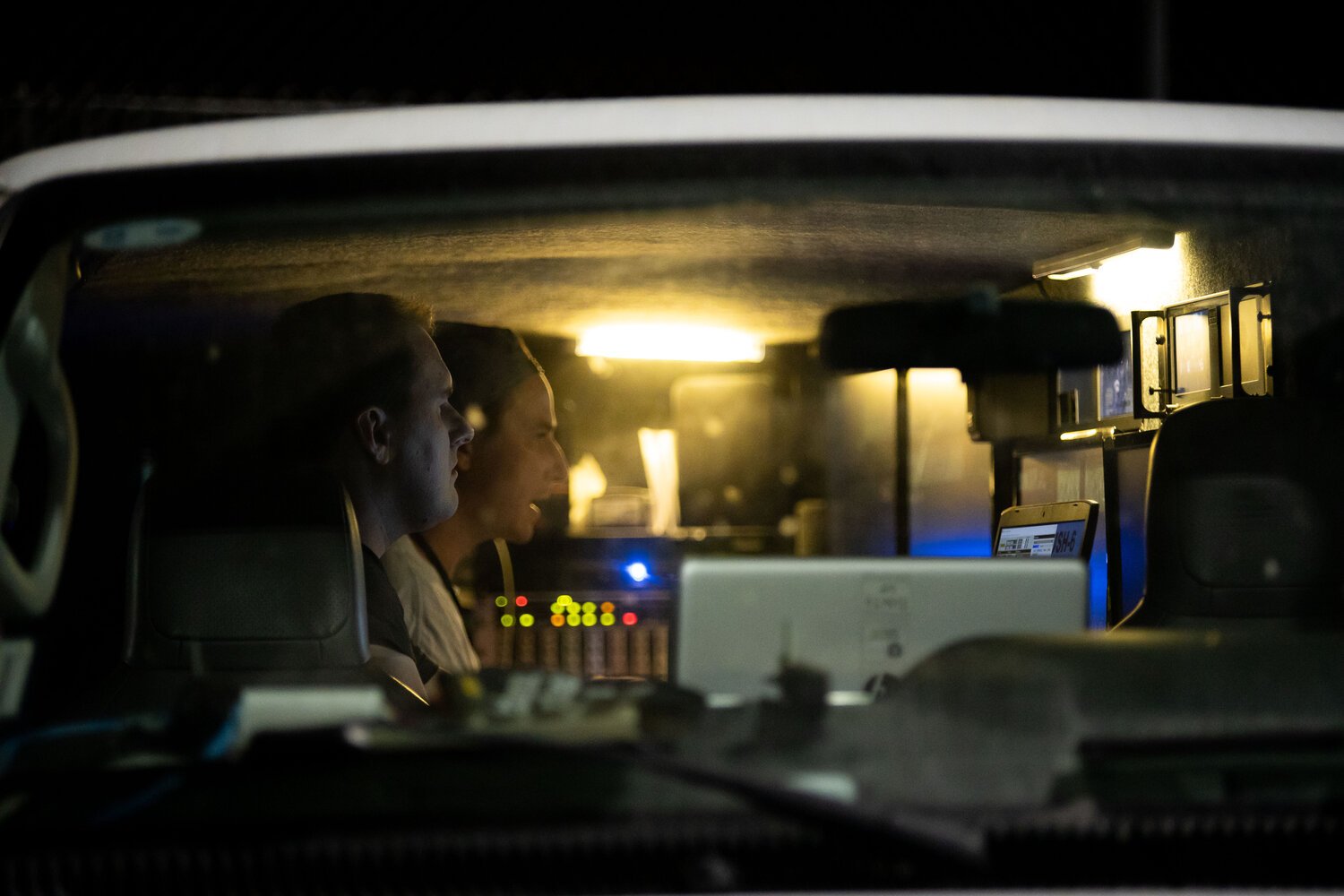
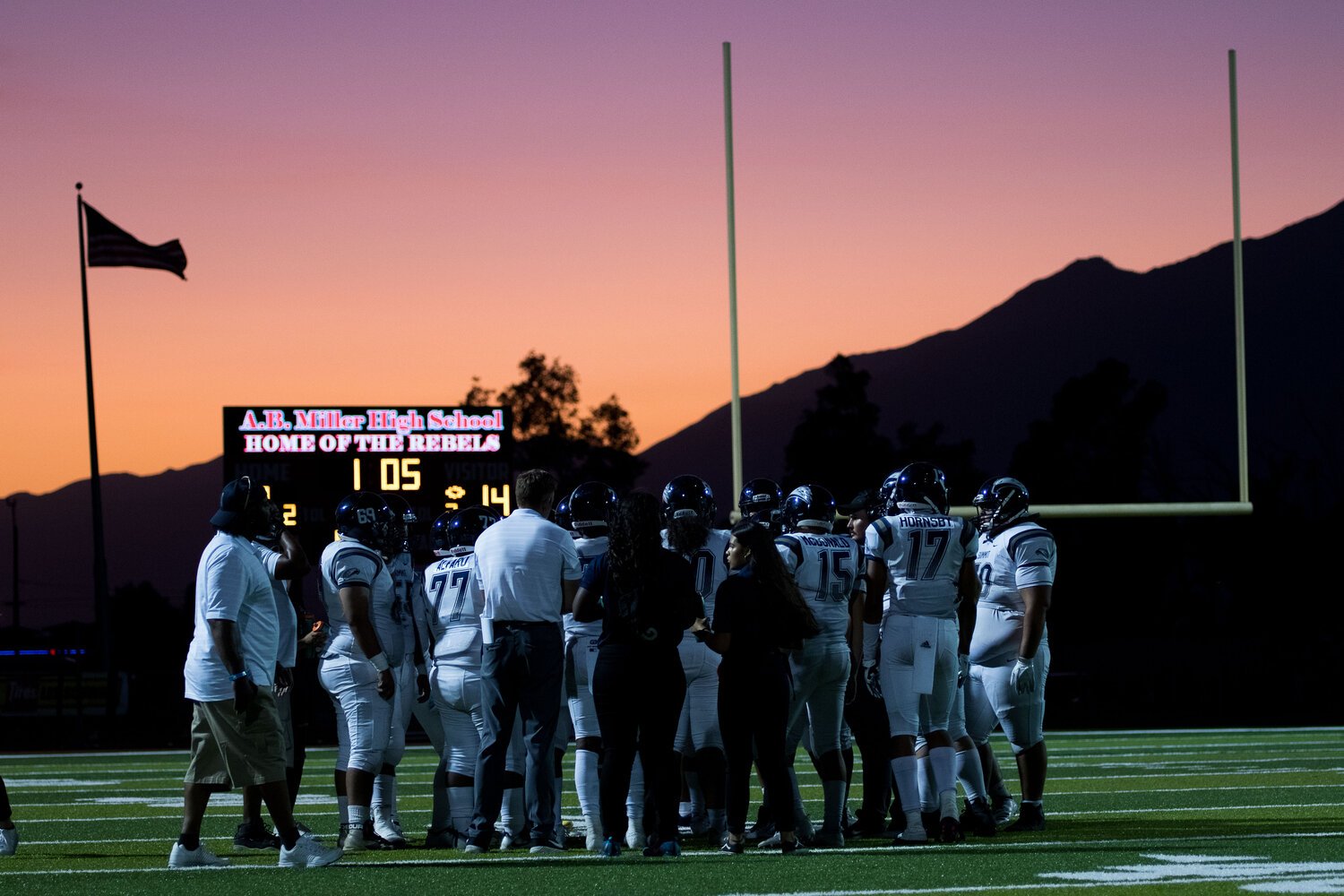
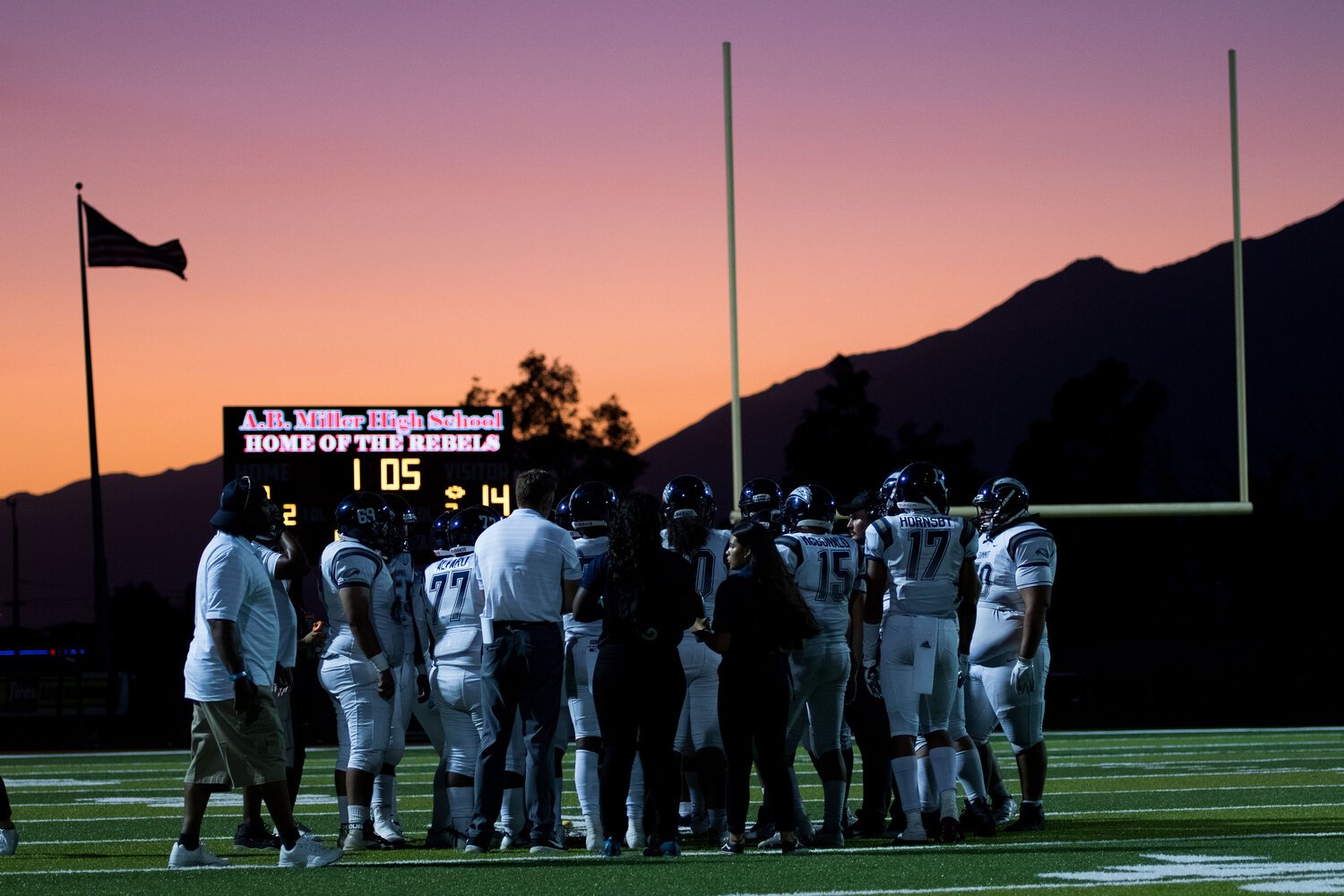
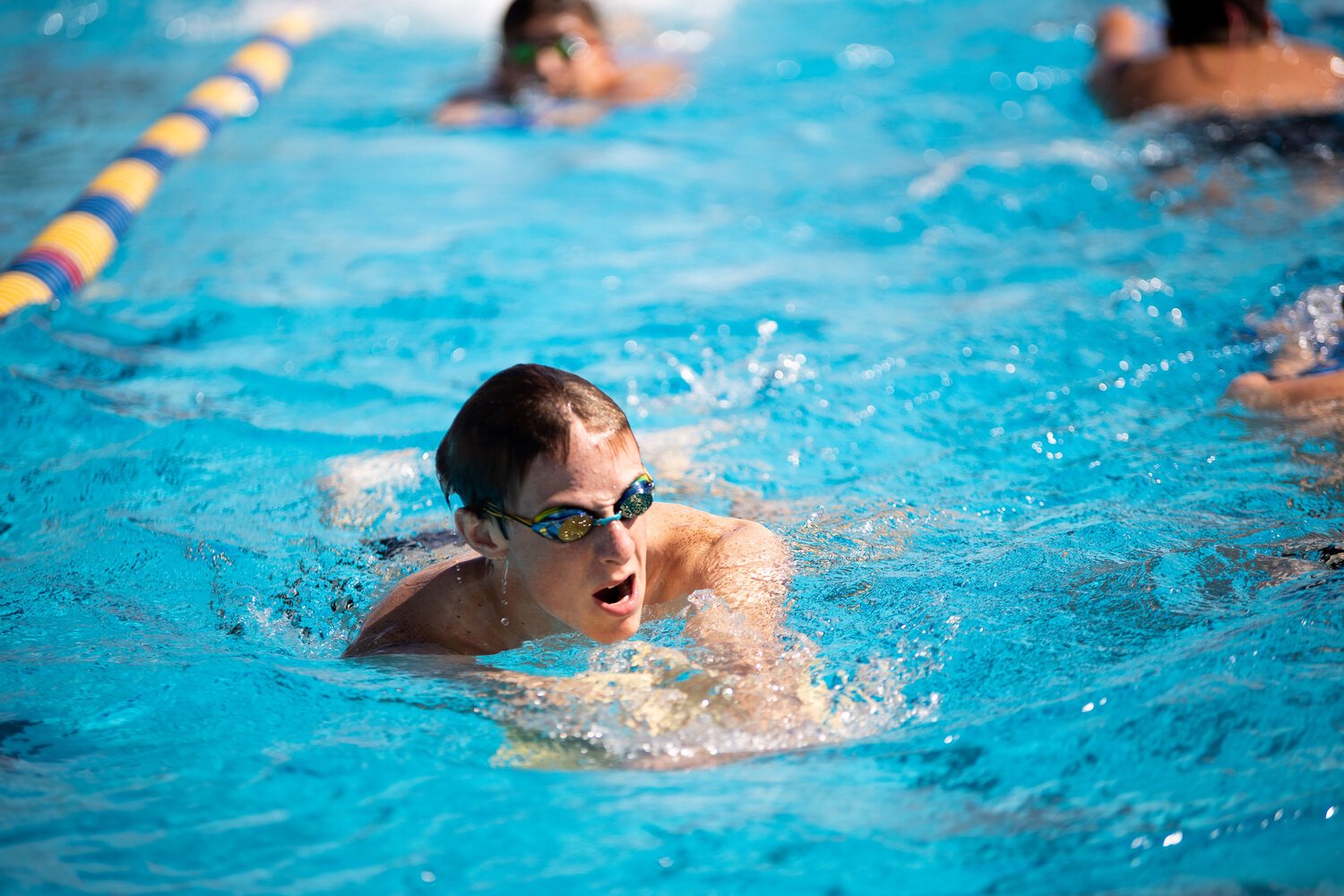
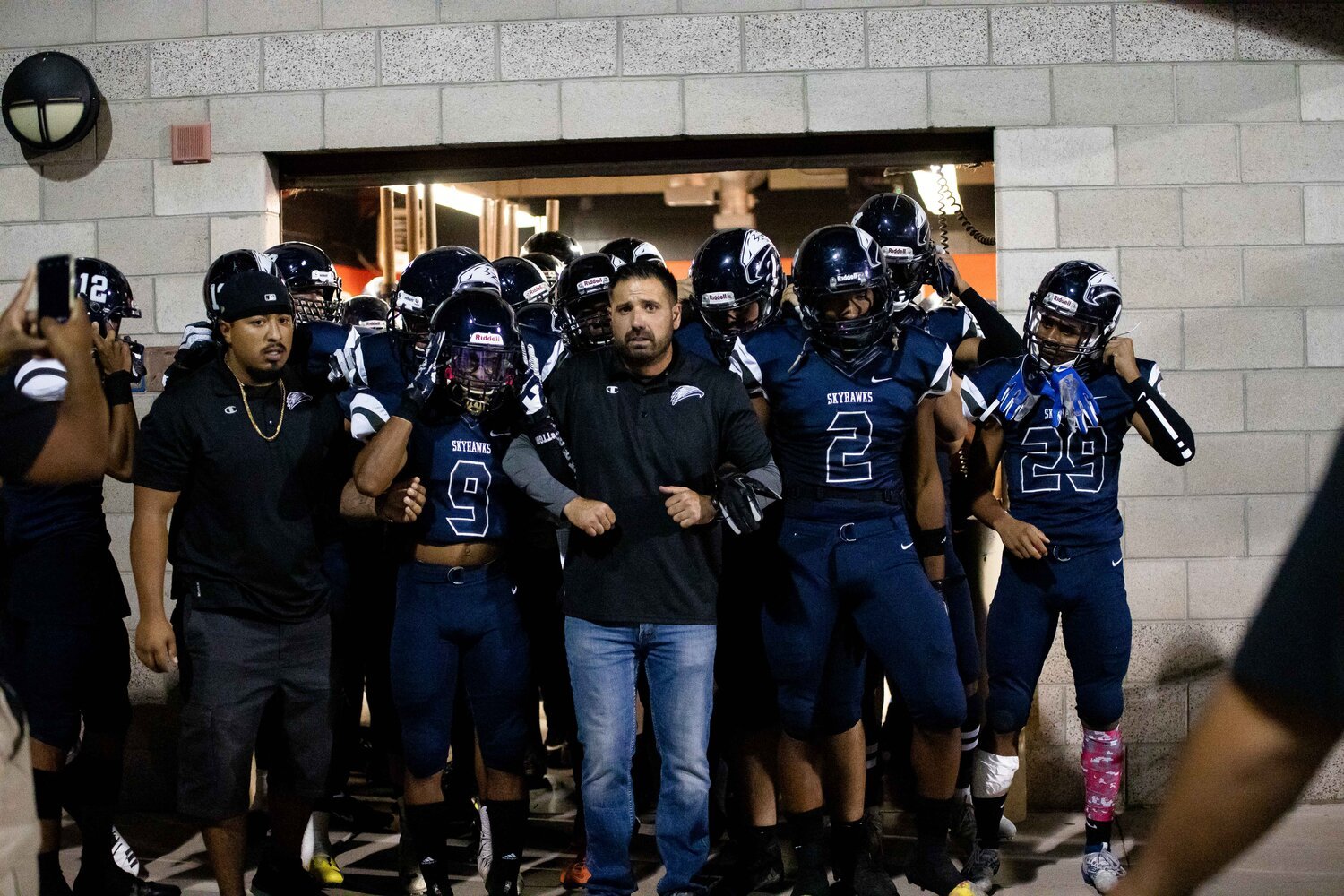
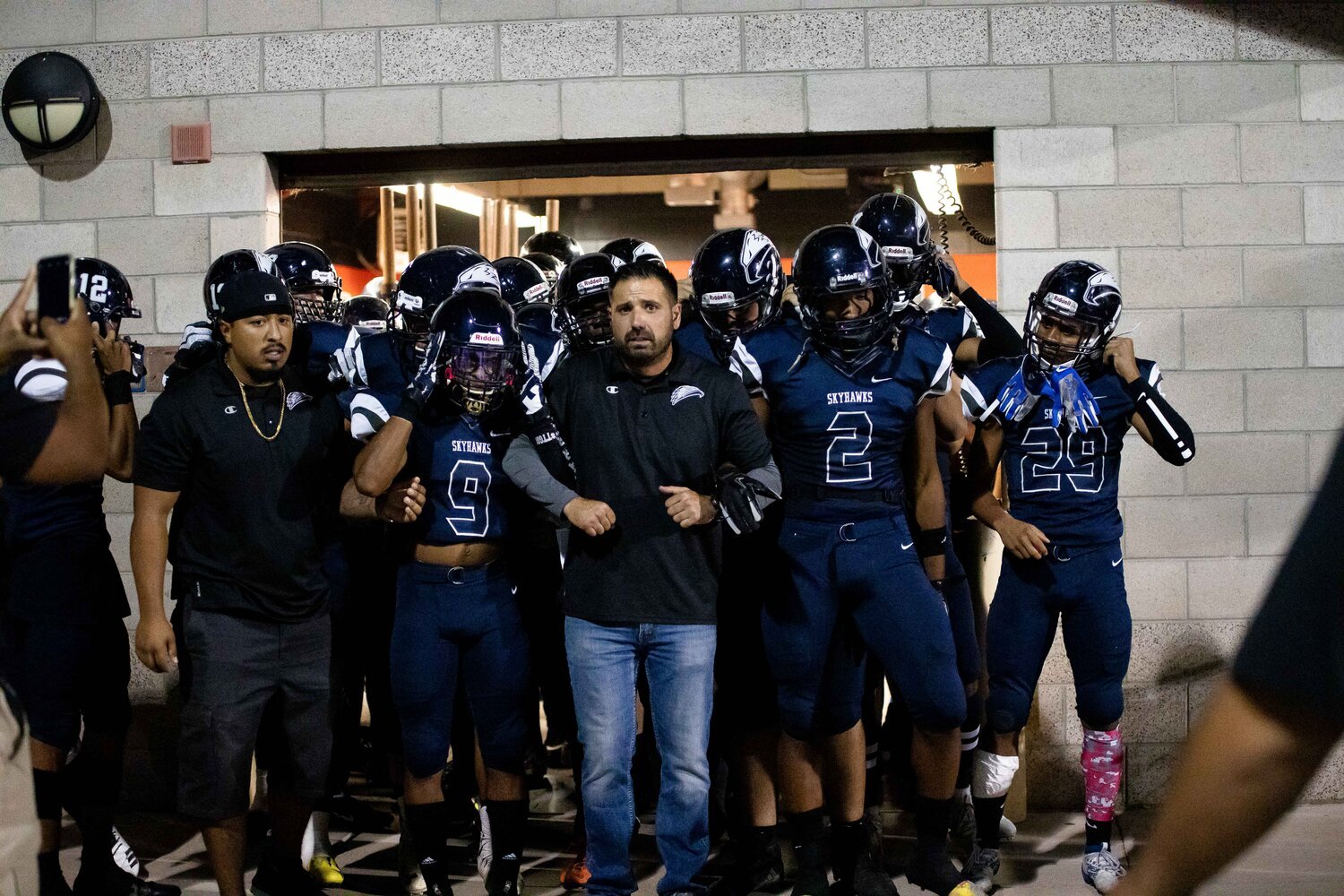
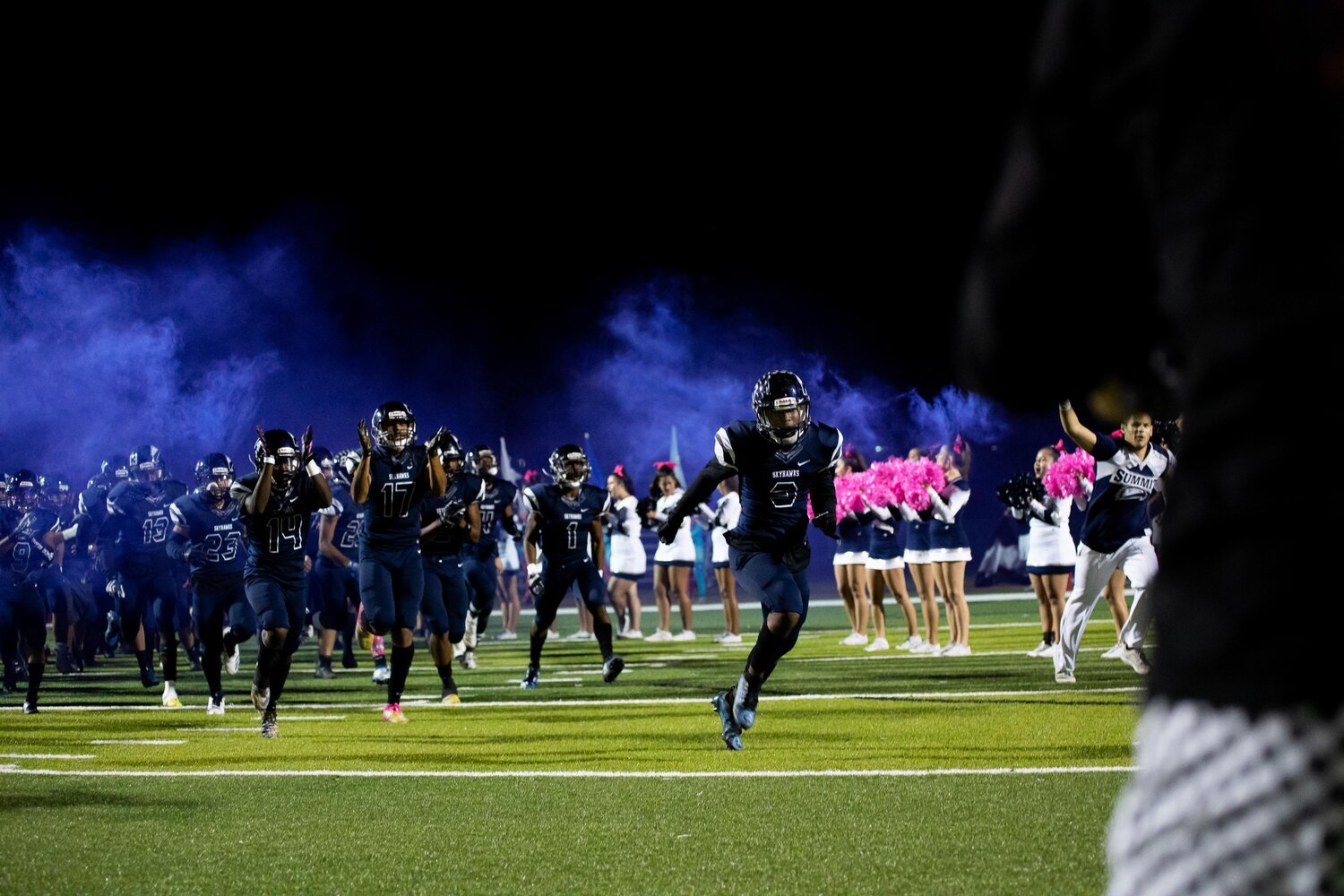


Moving on, it’s these experiences that showed me the truths of professional photography- managing pictures, ensuring you get the shot from-once in a lifetime experience, meeting deadlines, and designing spreads- this is what I do on a daily basis now, and that’s the most important takeaway I got from my time shooting for the yearbook.
Following the trend of gear reflecting my growth- I upgraded to my current camera- the Canon EOS R. At last I had gone full frame, and that camera in combination with the lenses supplied by the yearbook (70-200 f2.8’s, 100mm 2.8 Macro, 85mm, Etc…) of which are now mirrored in my camera bag, I finally understood what professional gear meant, and how it helped with professional work.
With the combined knowledge of the professional gear and professional experience, I was ready to move on. After graduating and moving on to college, I am where I am now. Shooting Sports and other events for the school, publishing my work in the newspaper, and booking gigs with a wide variety of clients. I am a working professional- where I wanted to be this whole time. You should know this part of the story (since you are on my website).
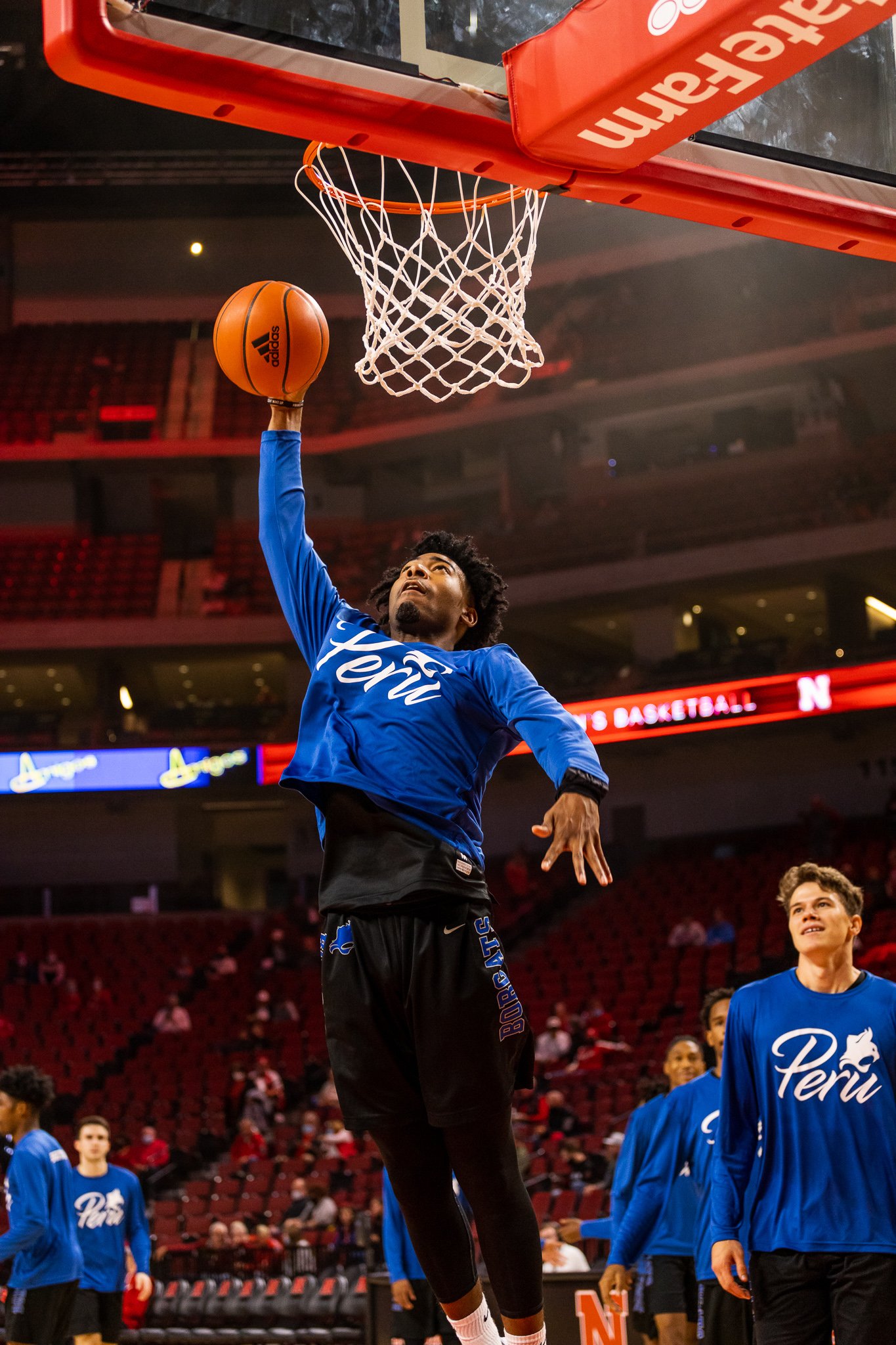
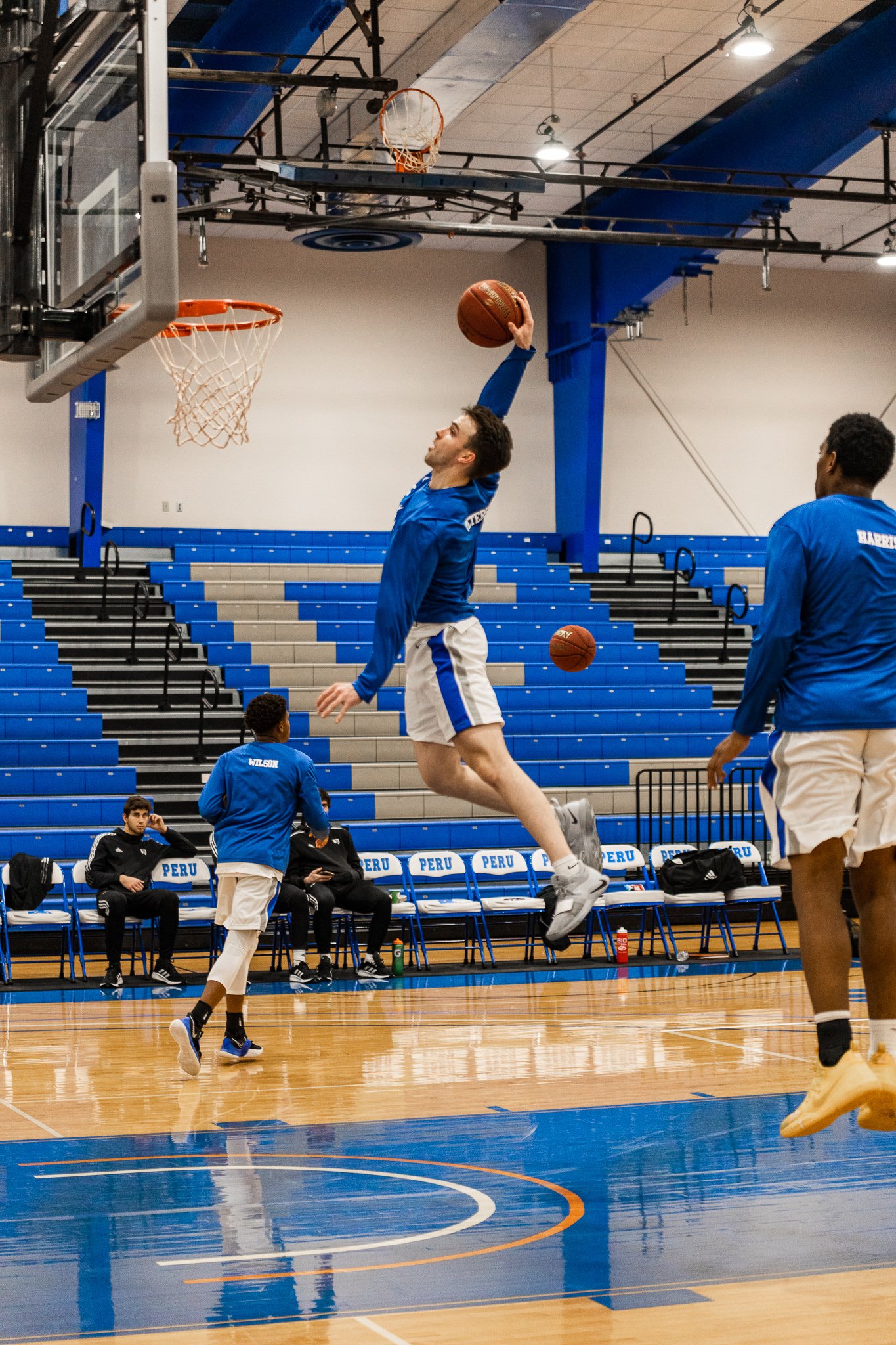
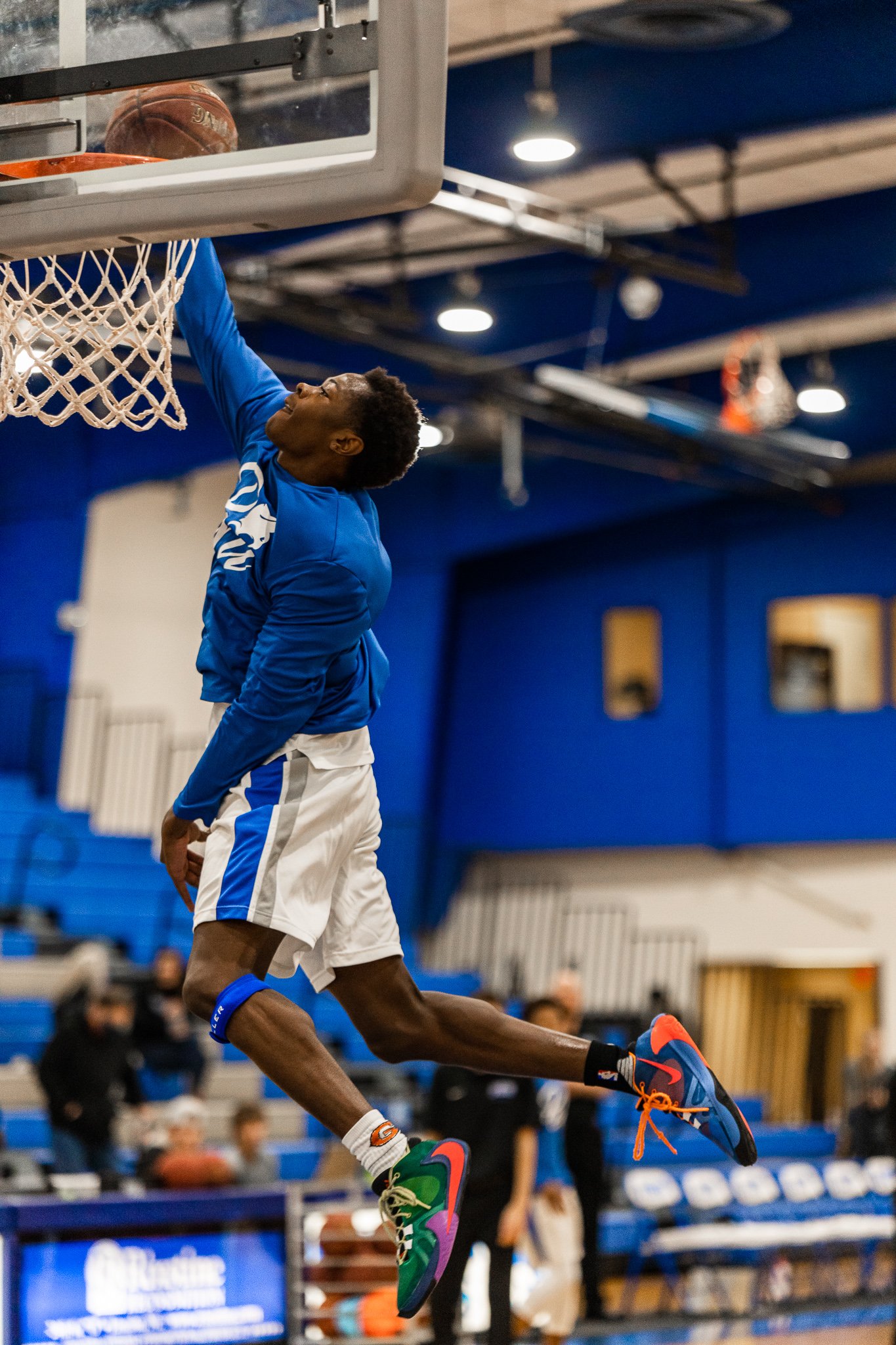
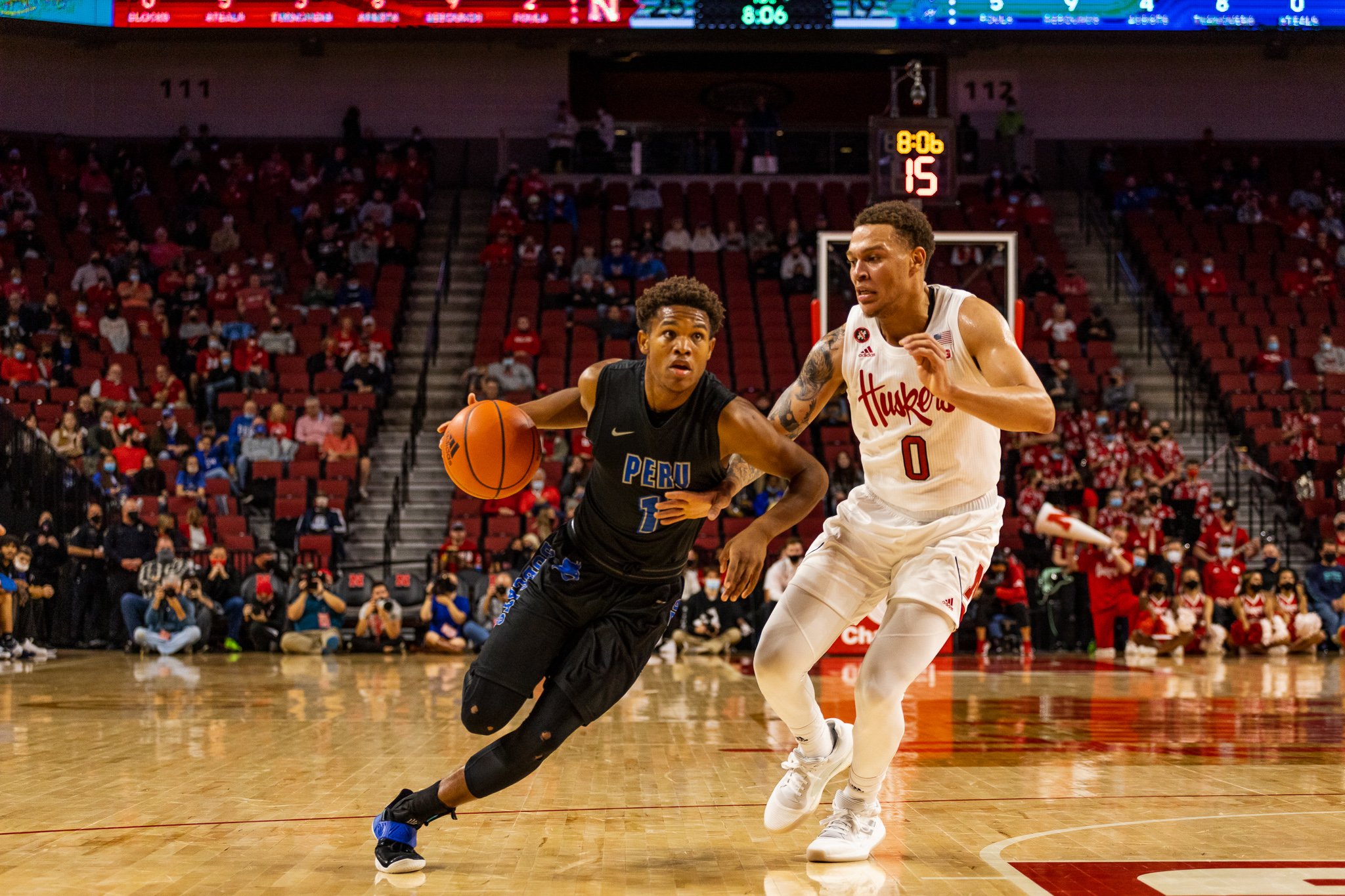
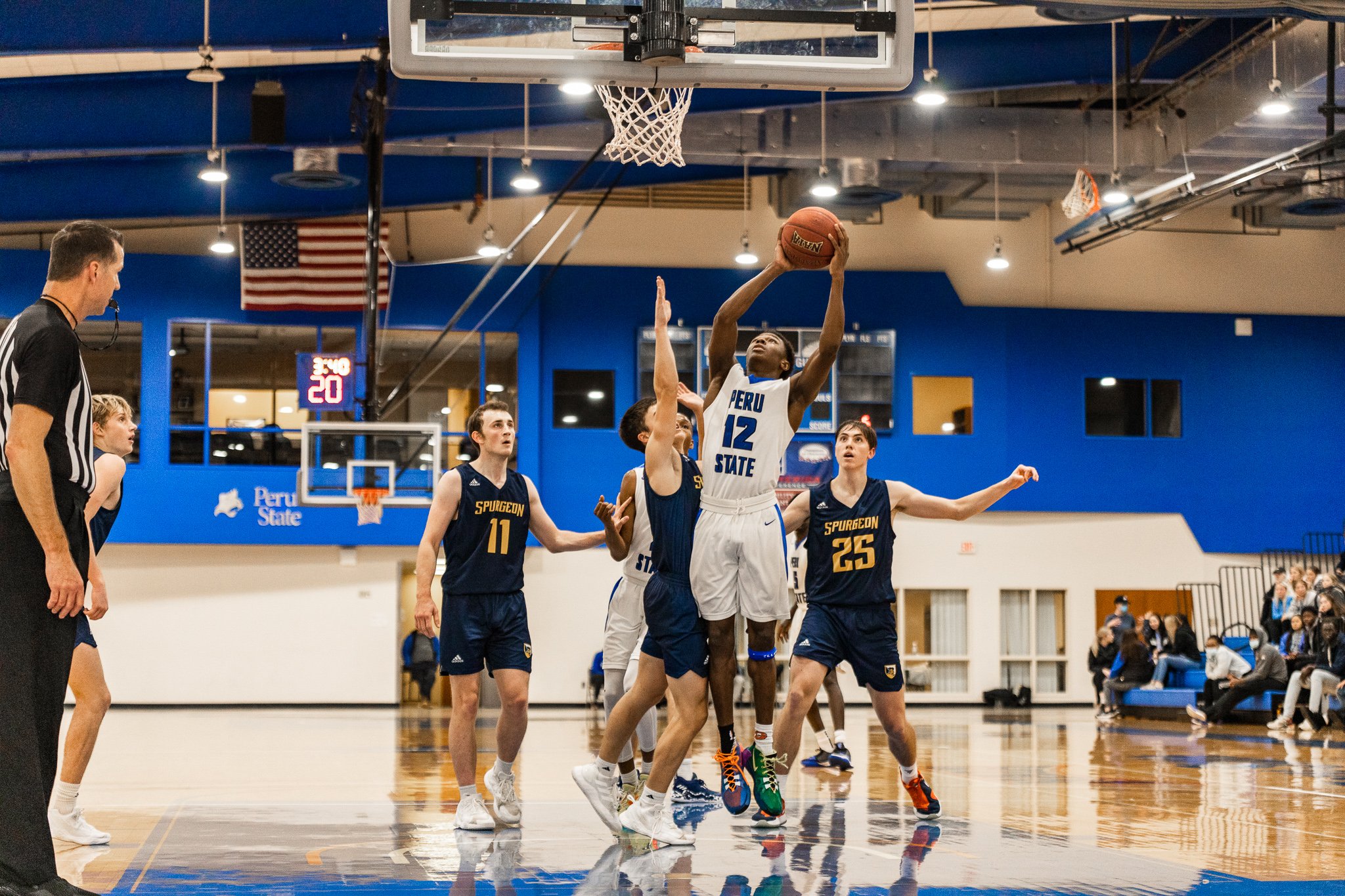
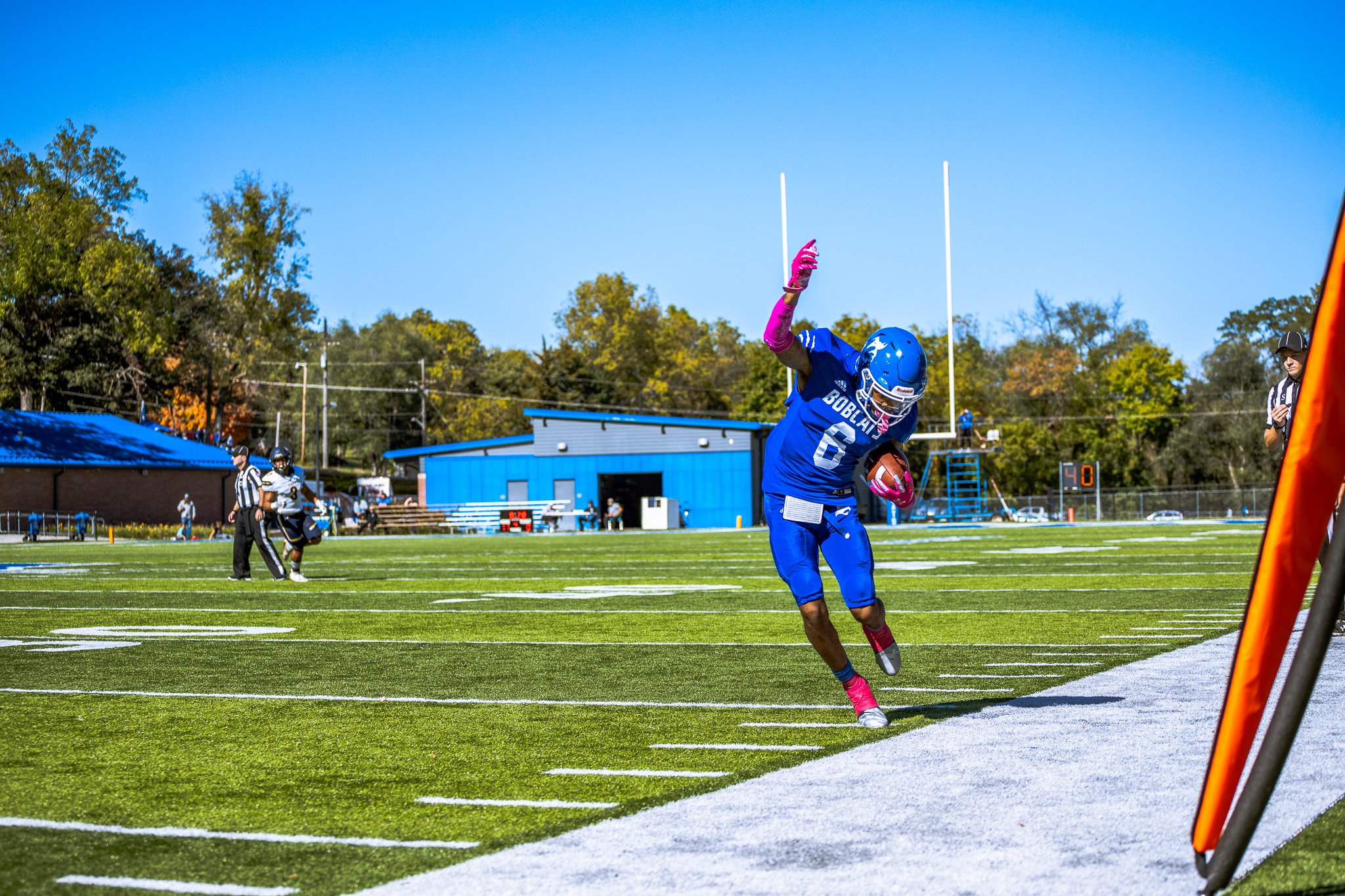
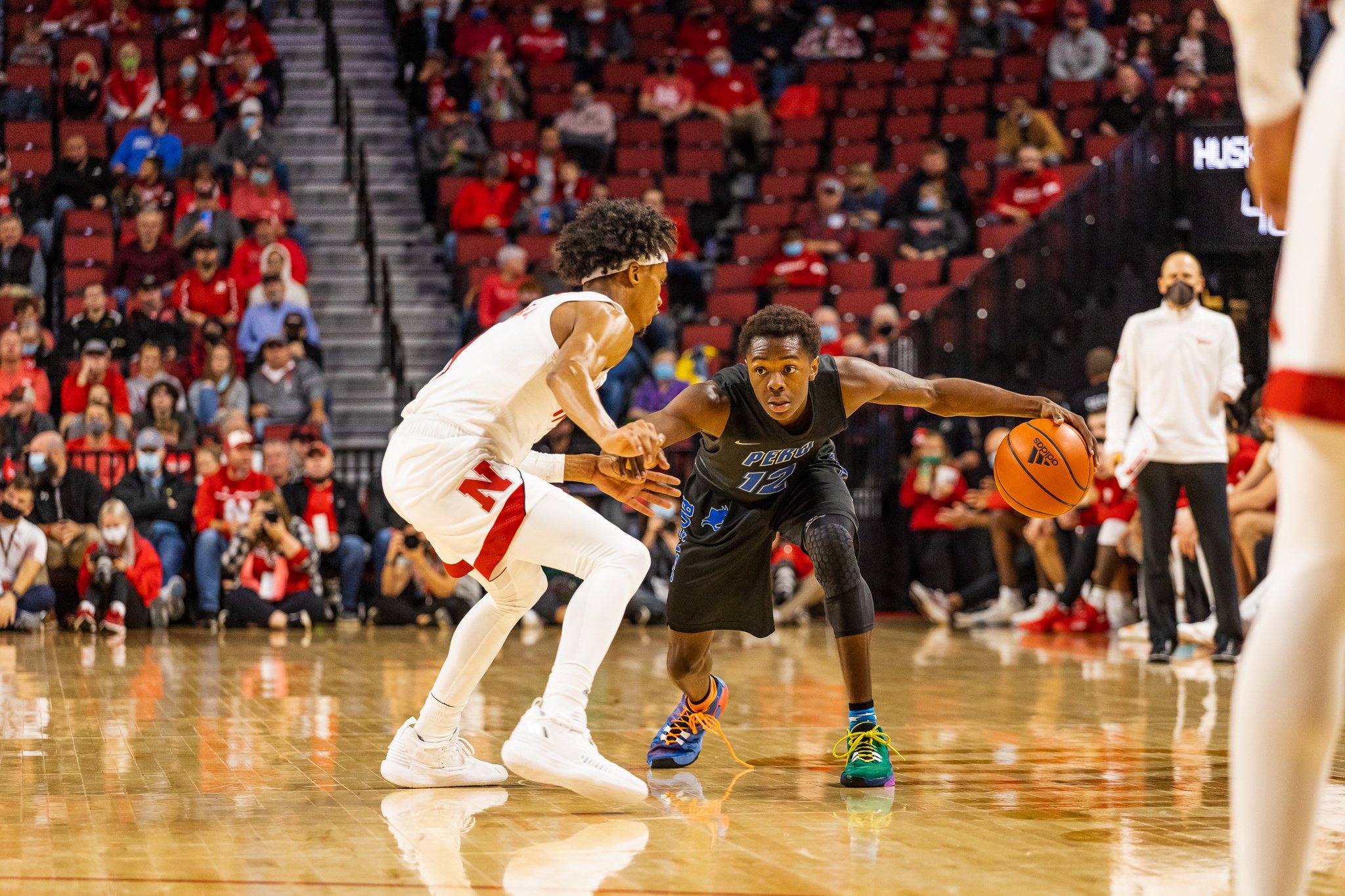

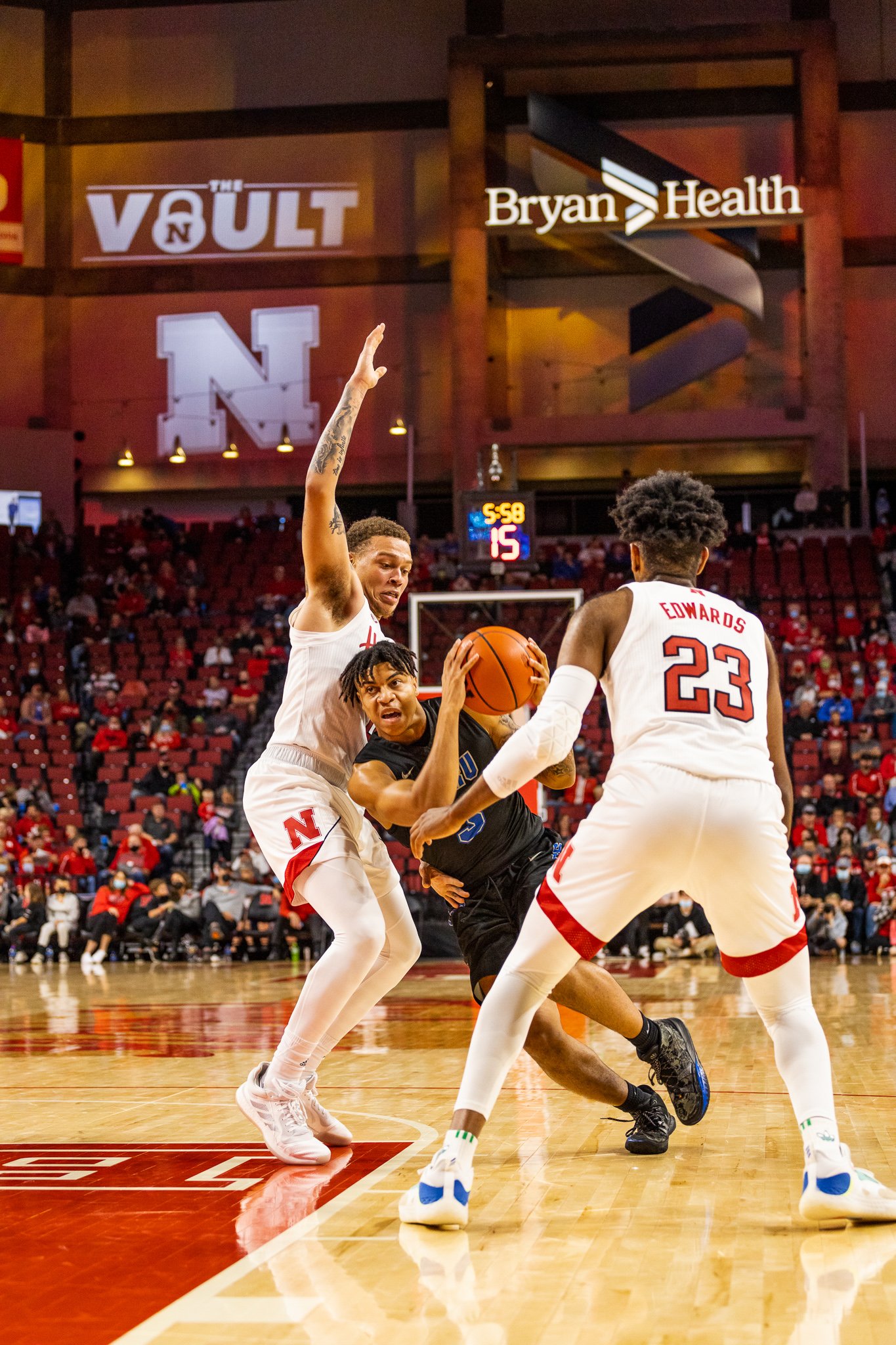

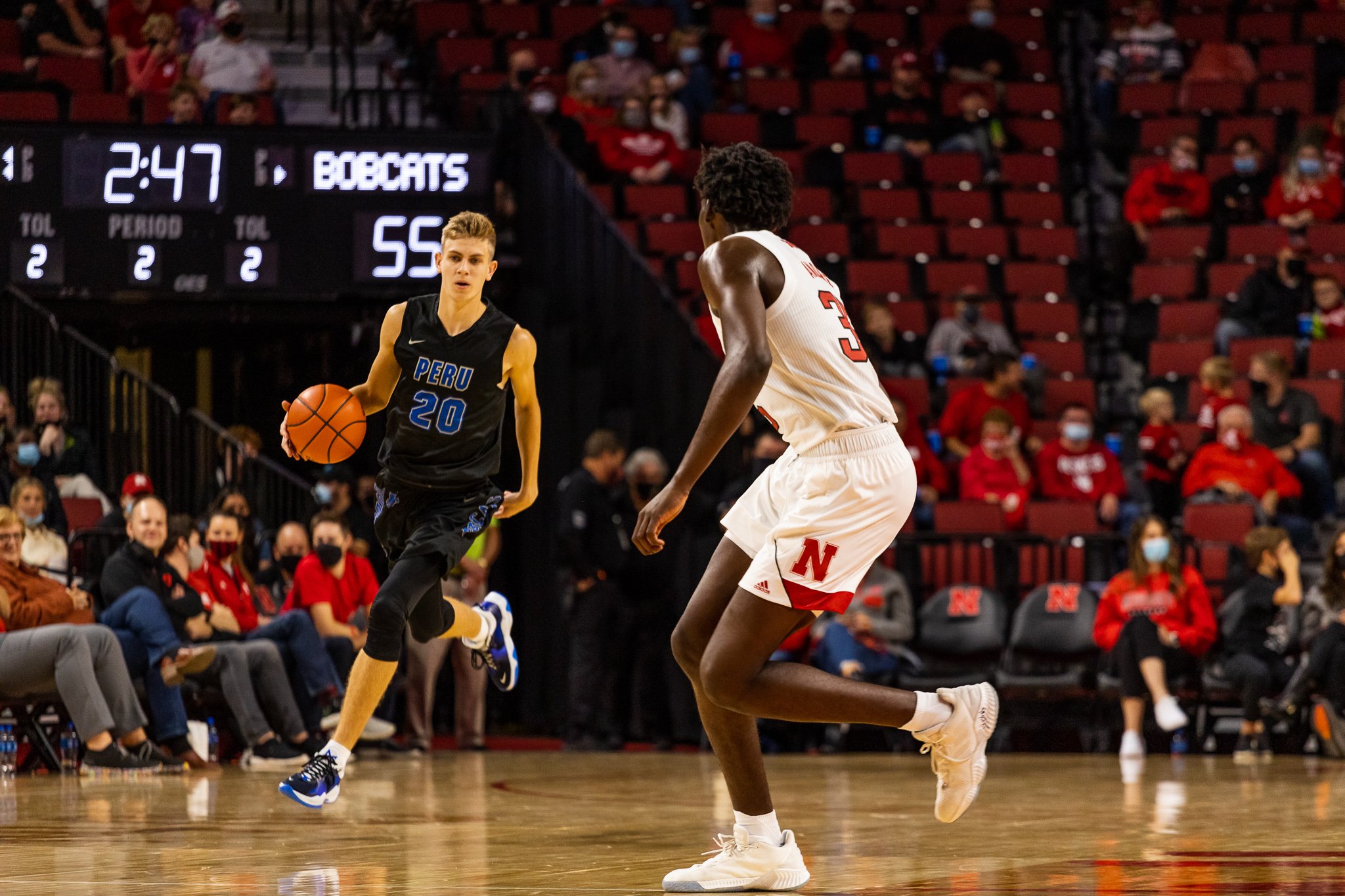
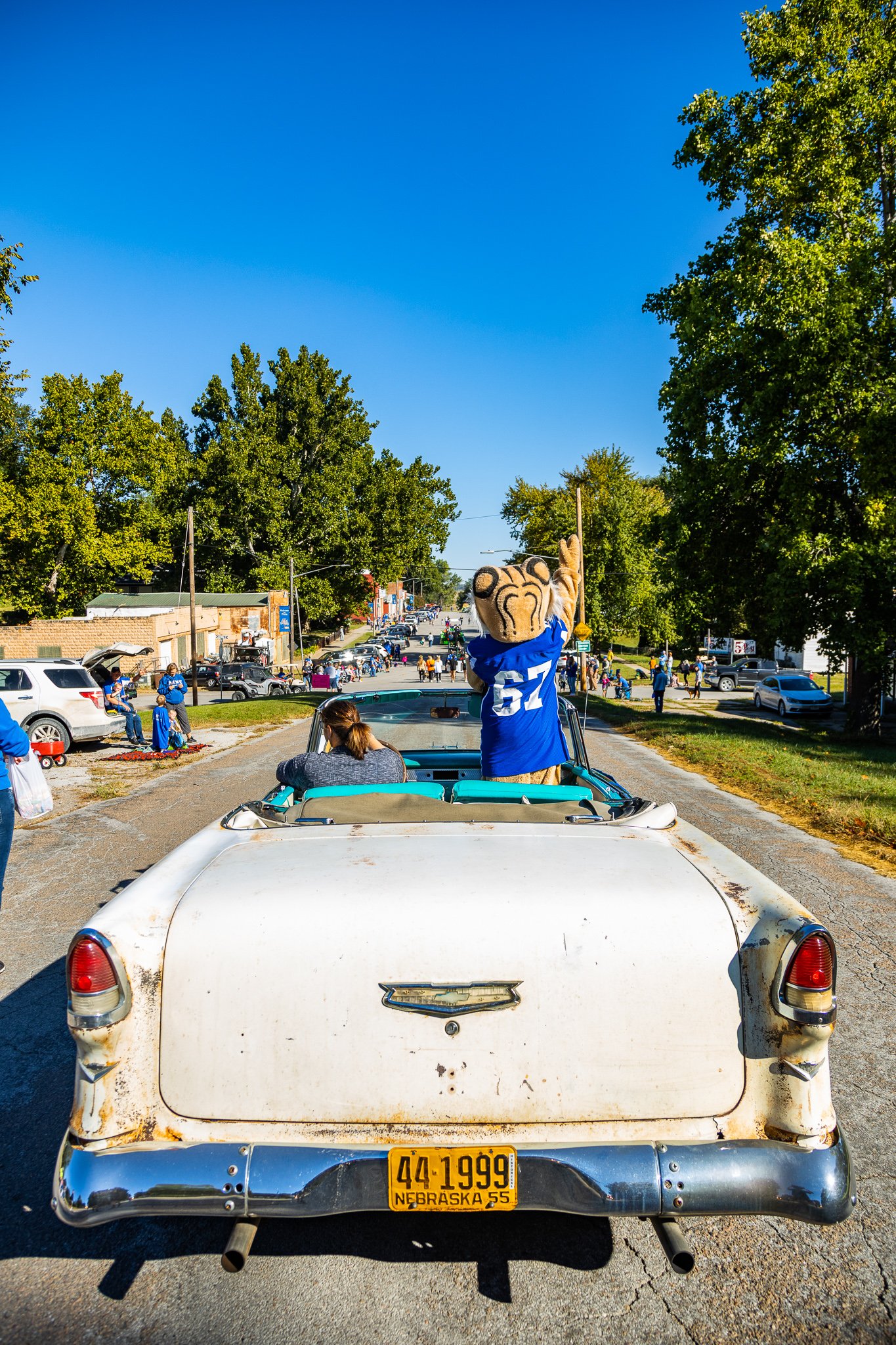





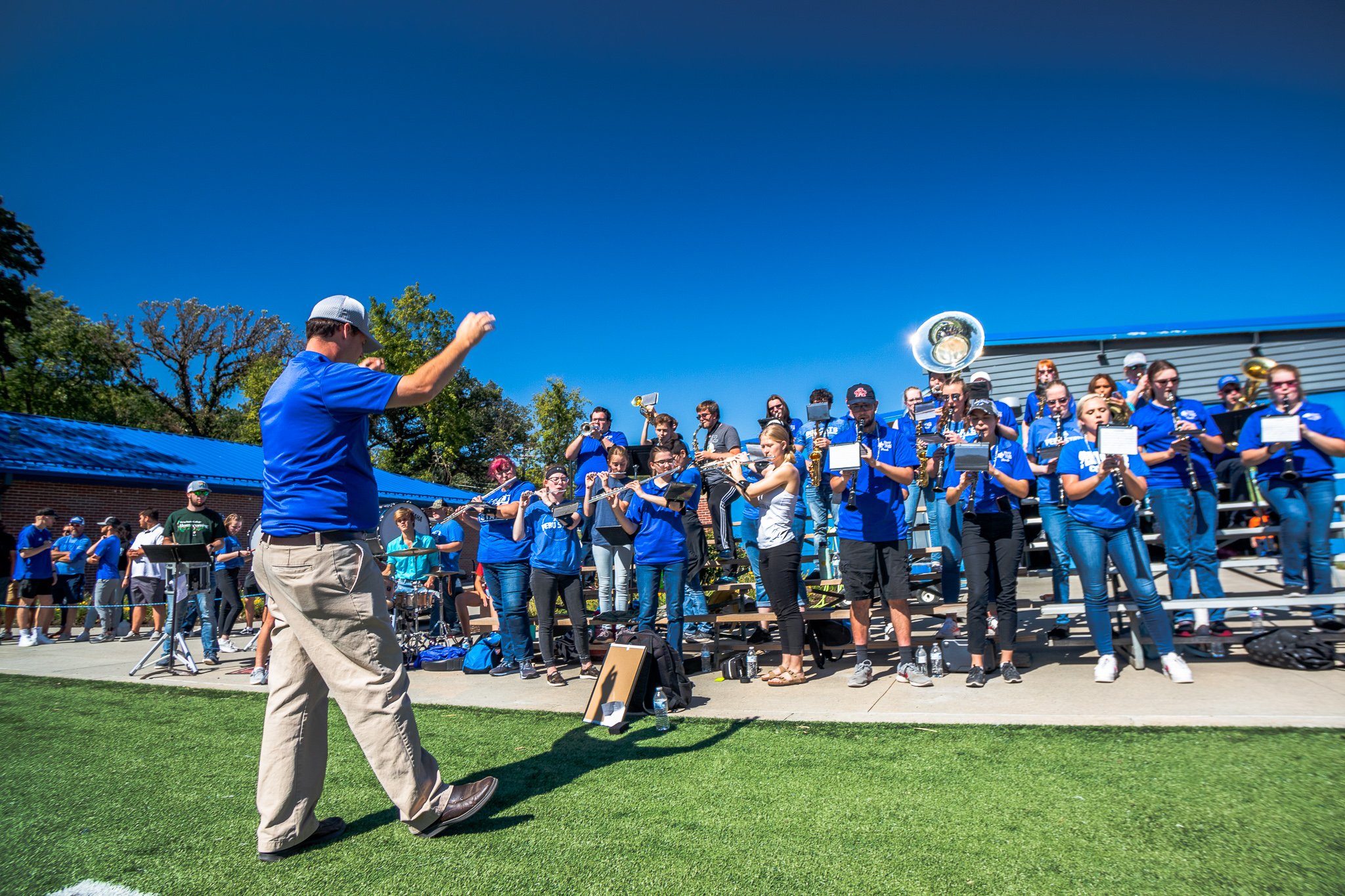
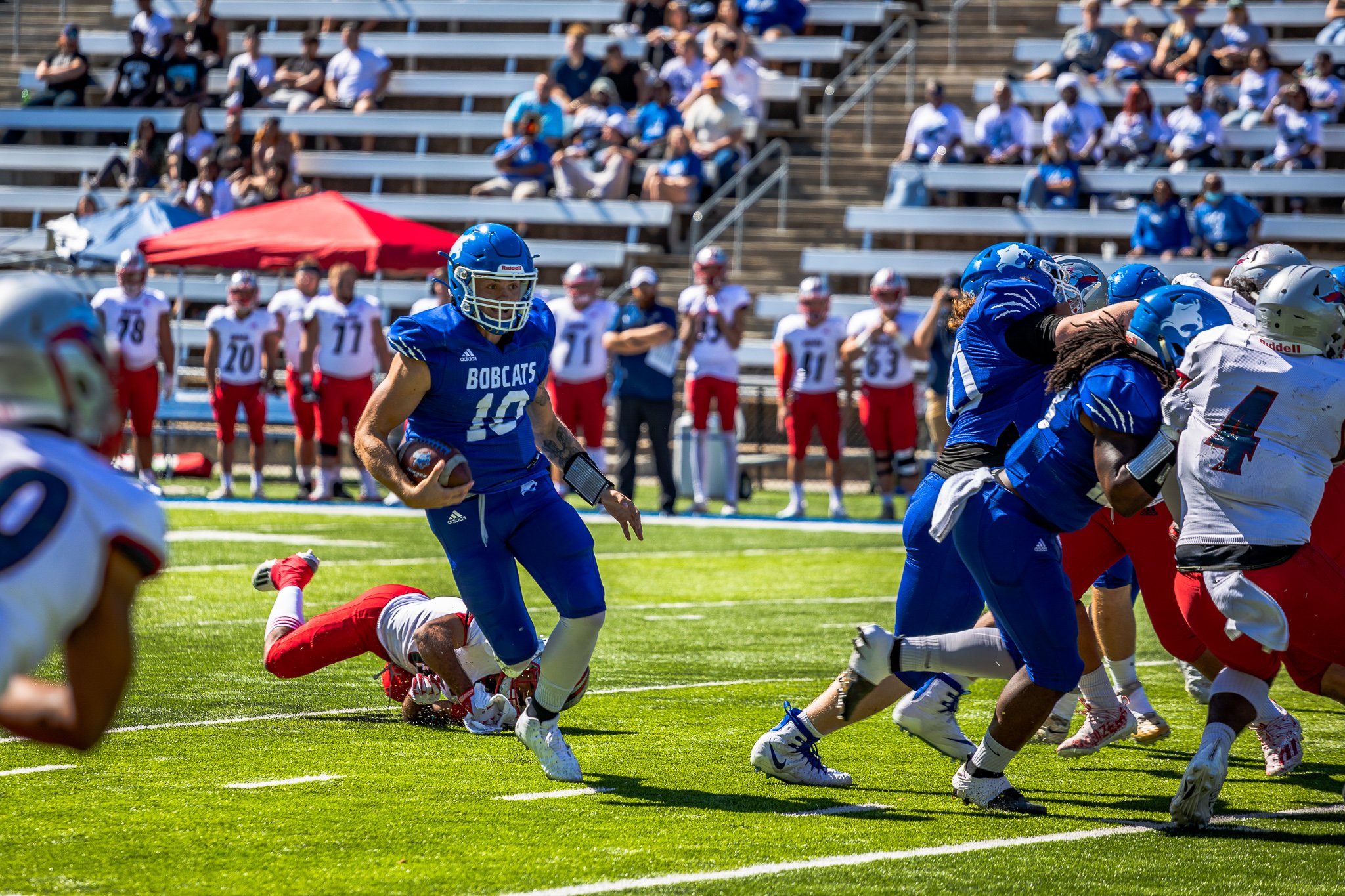
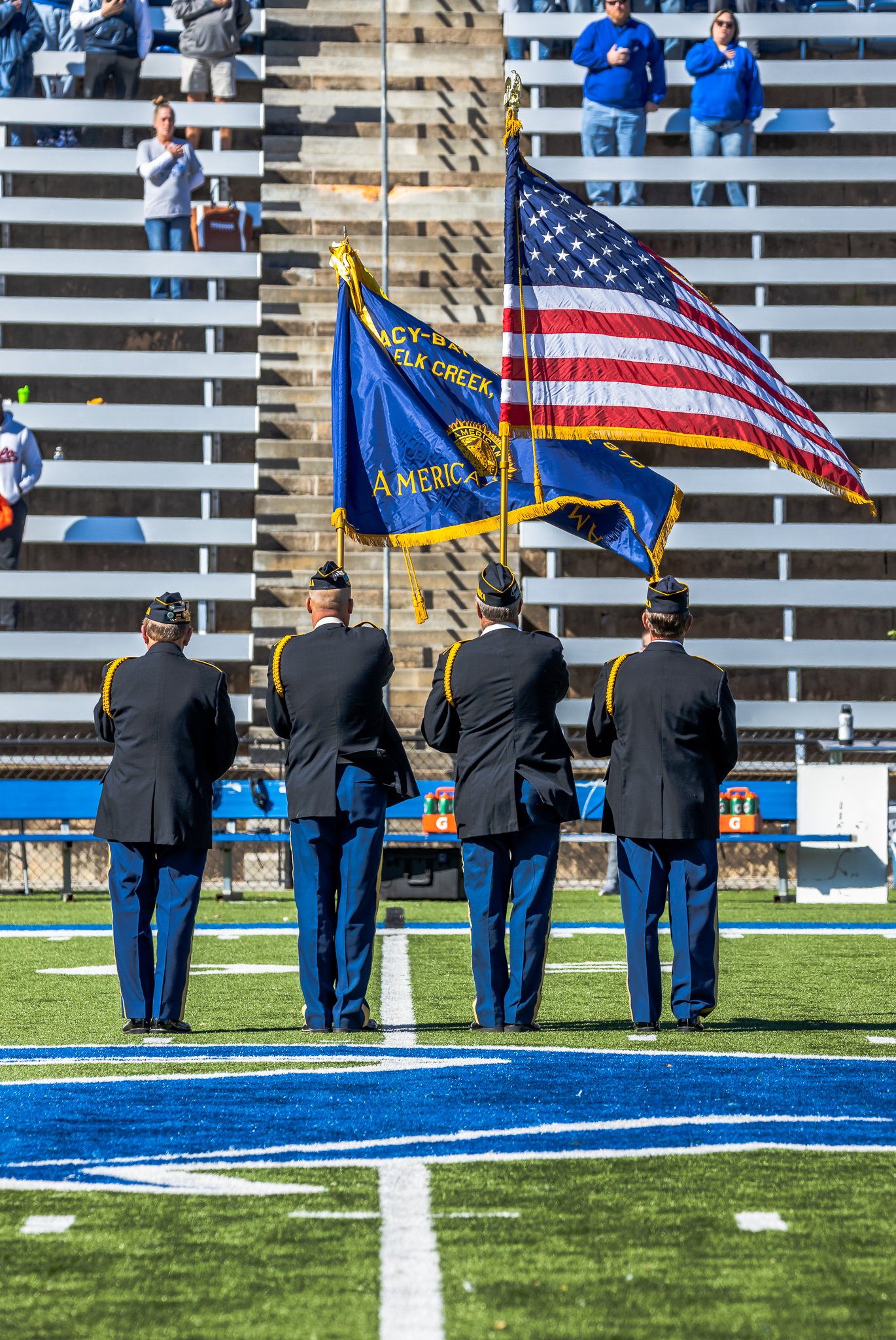
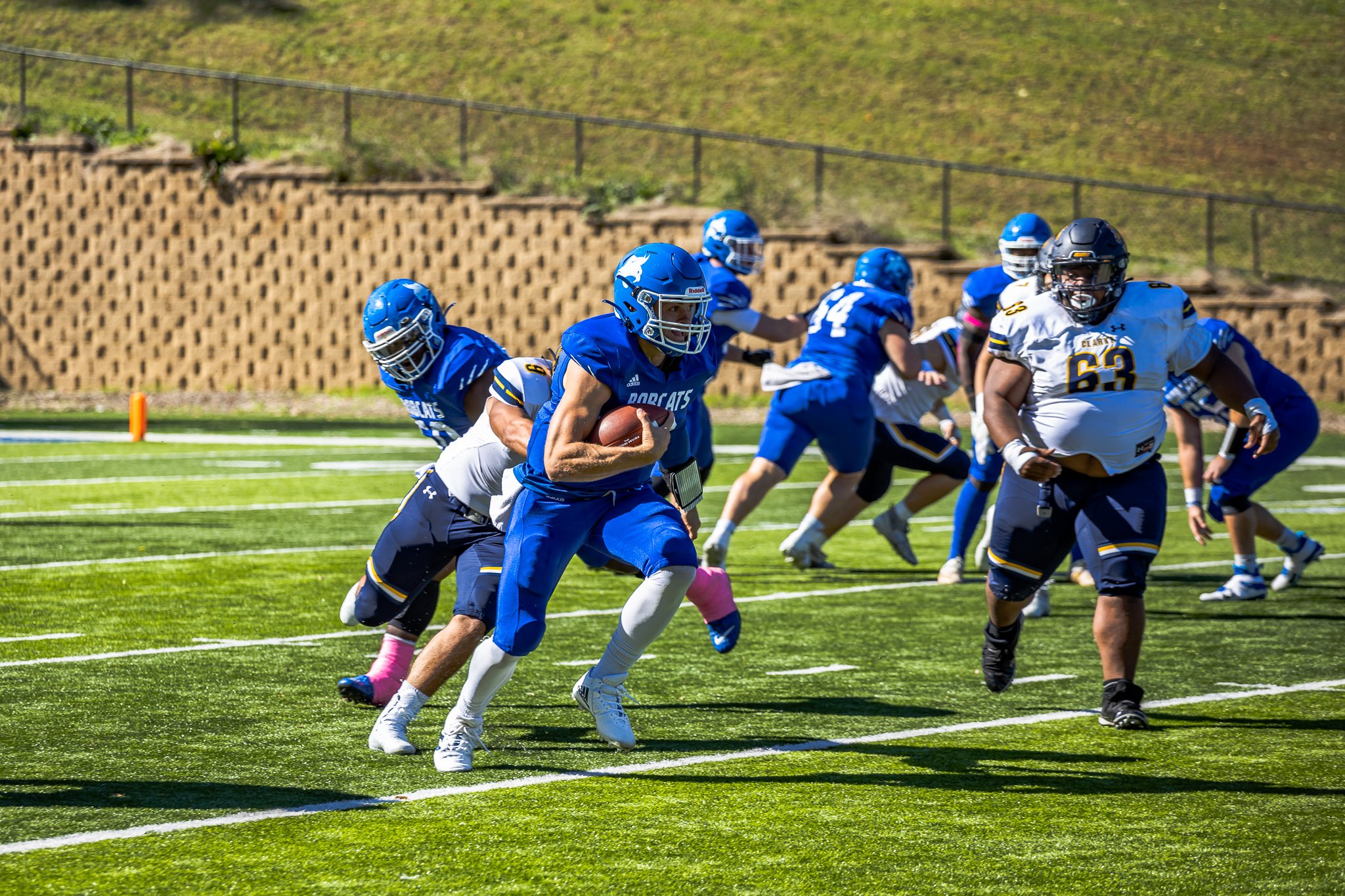
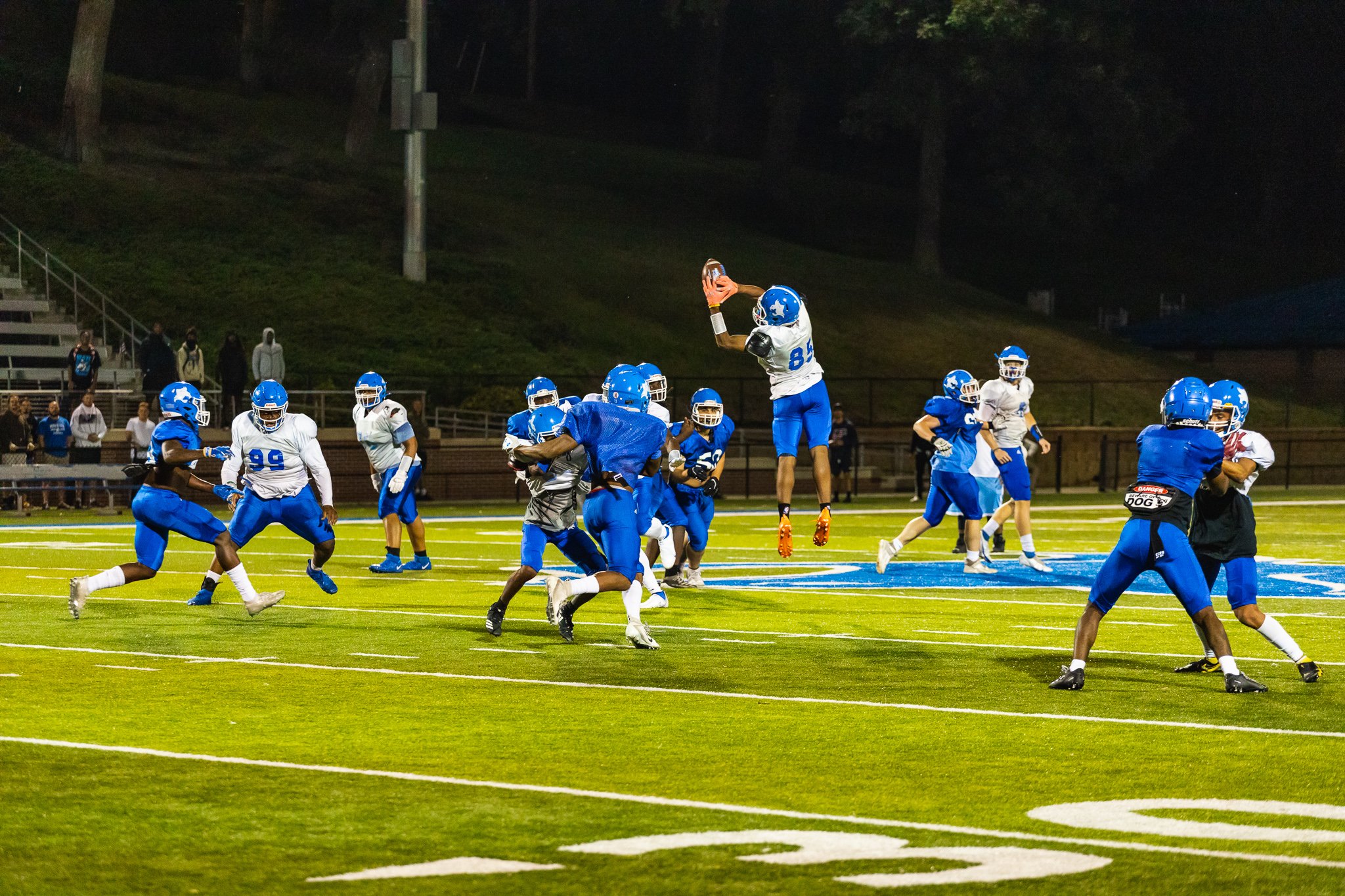
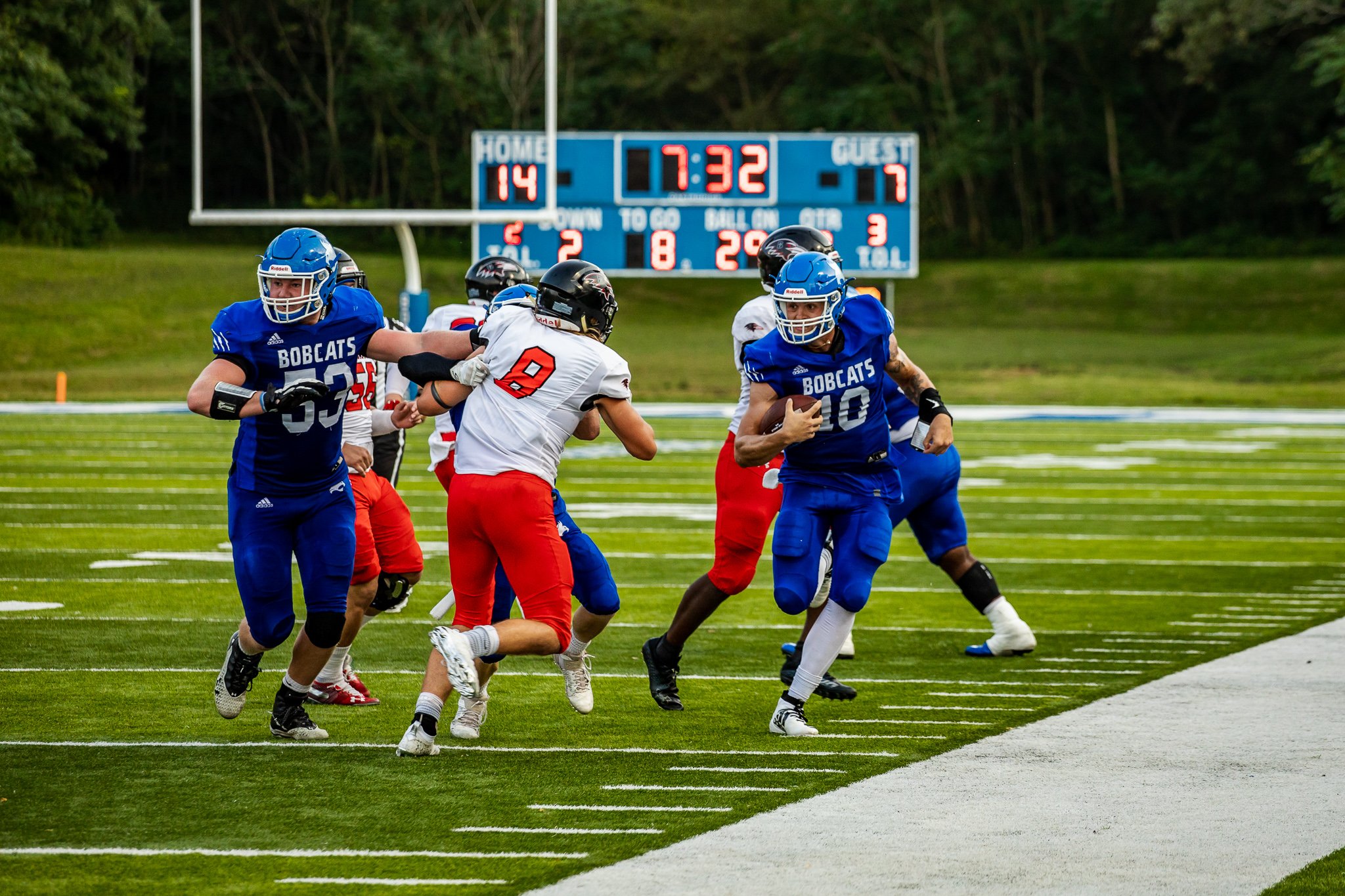
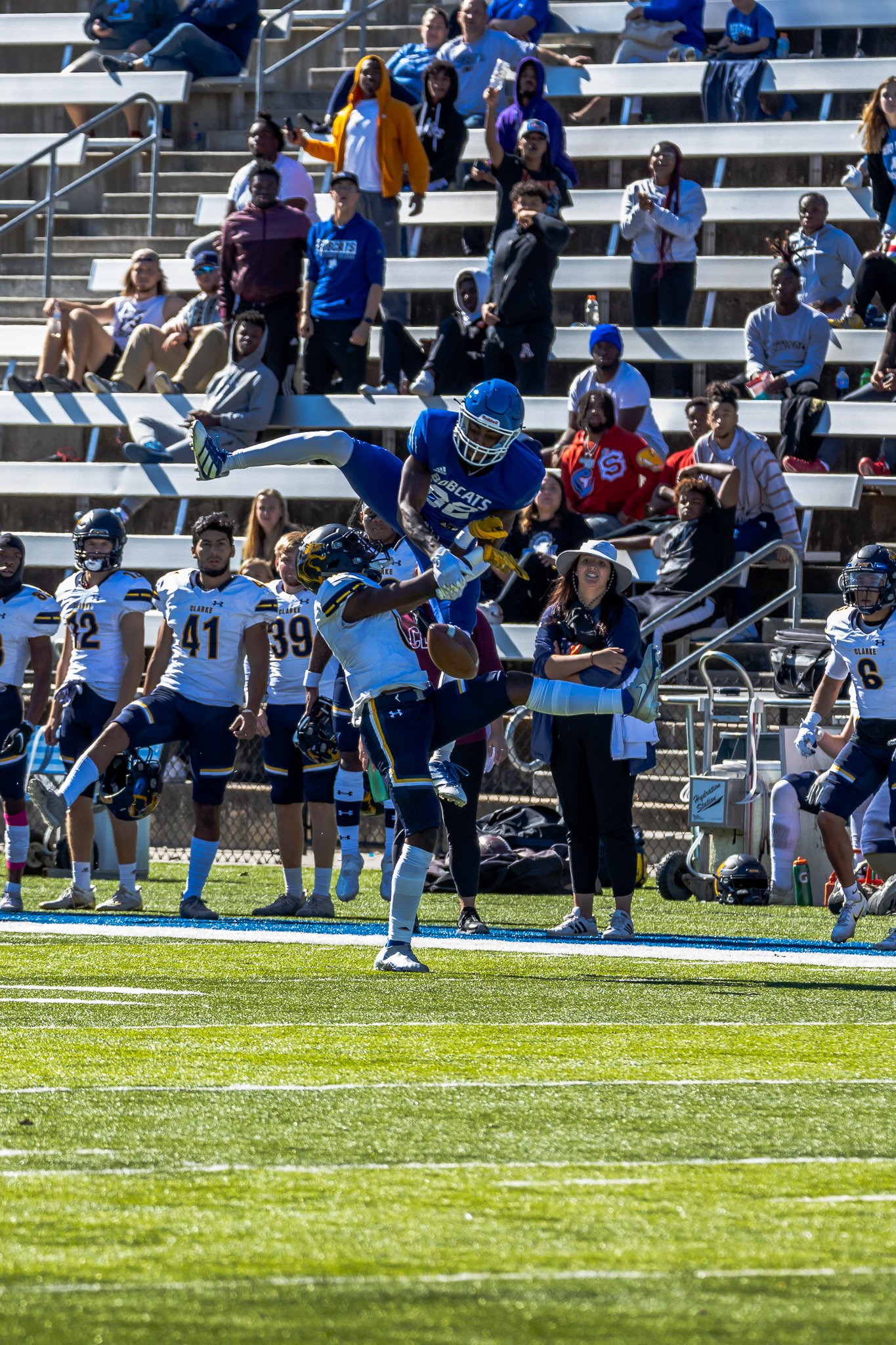
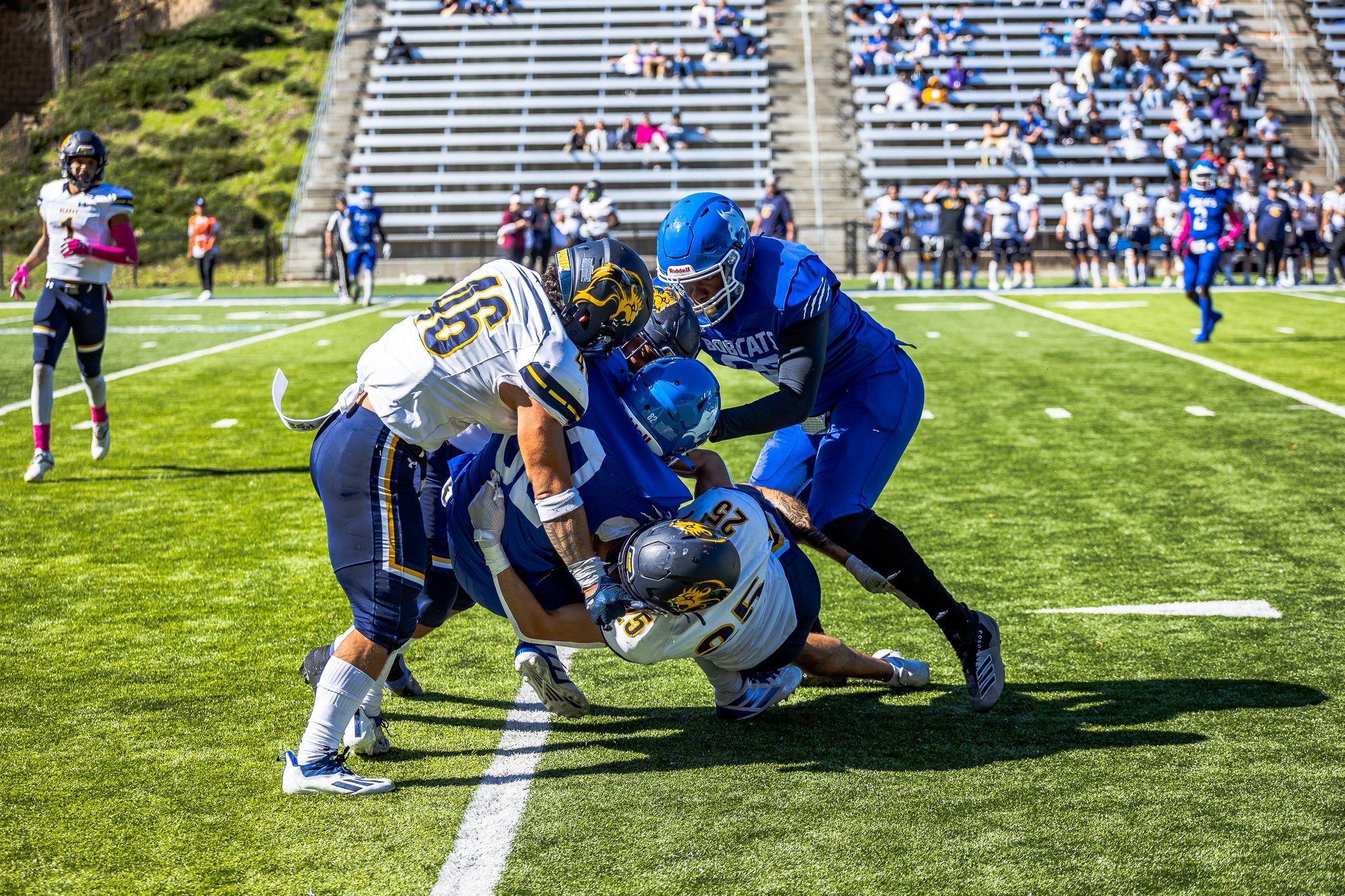
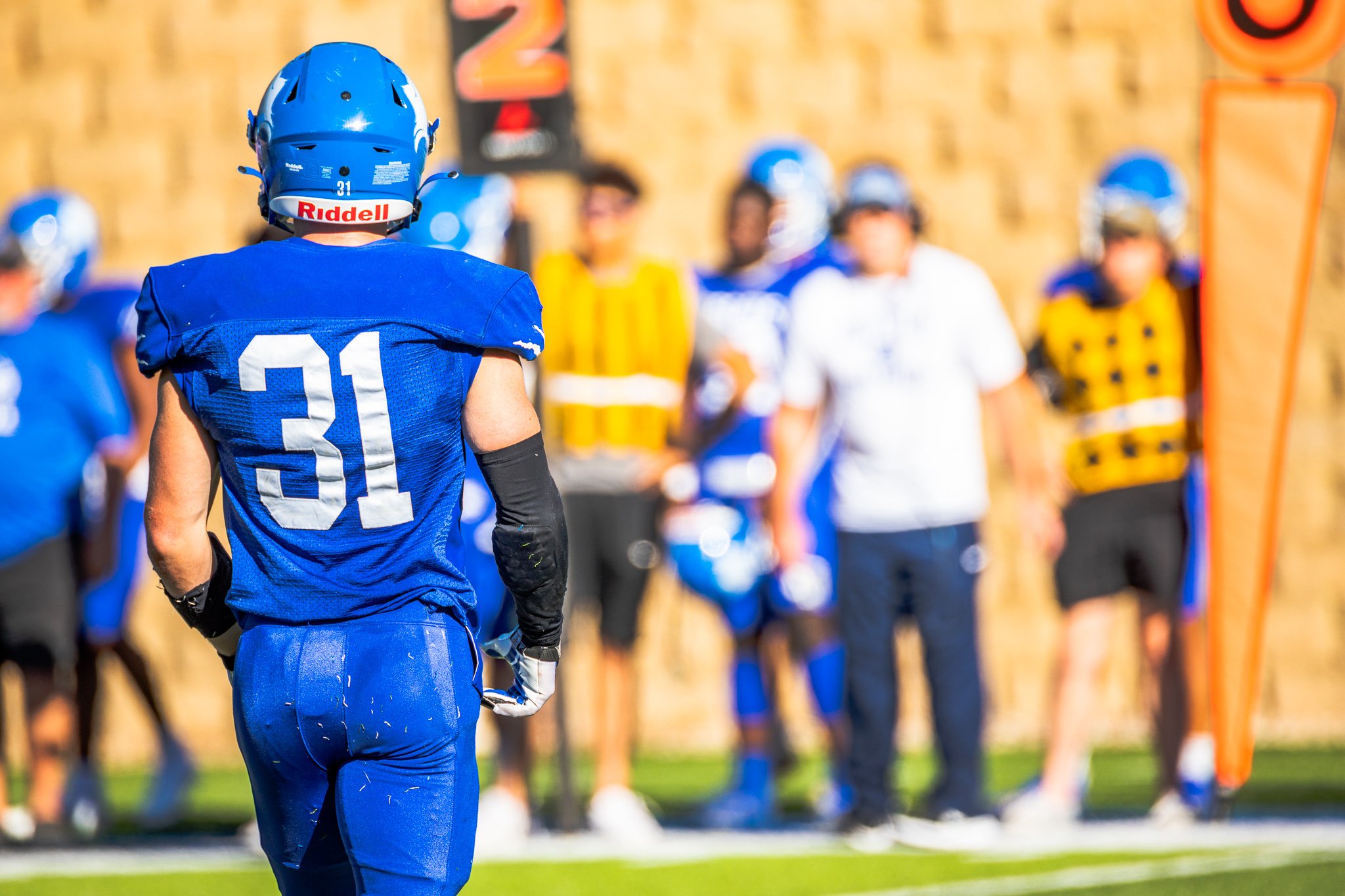

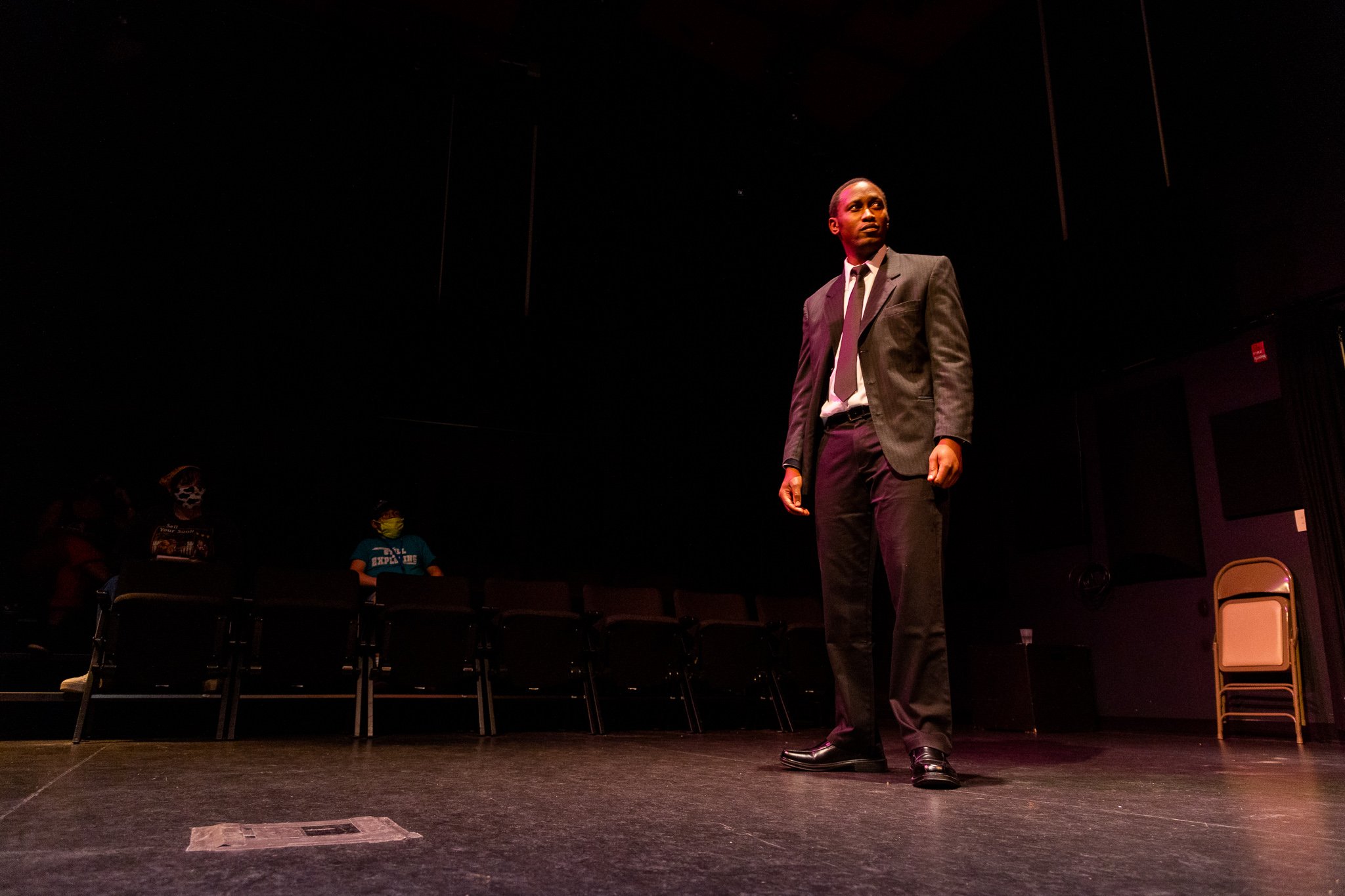
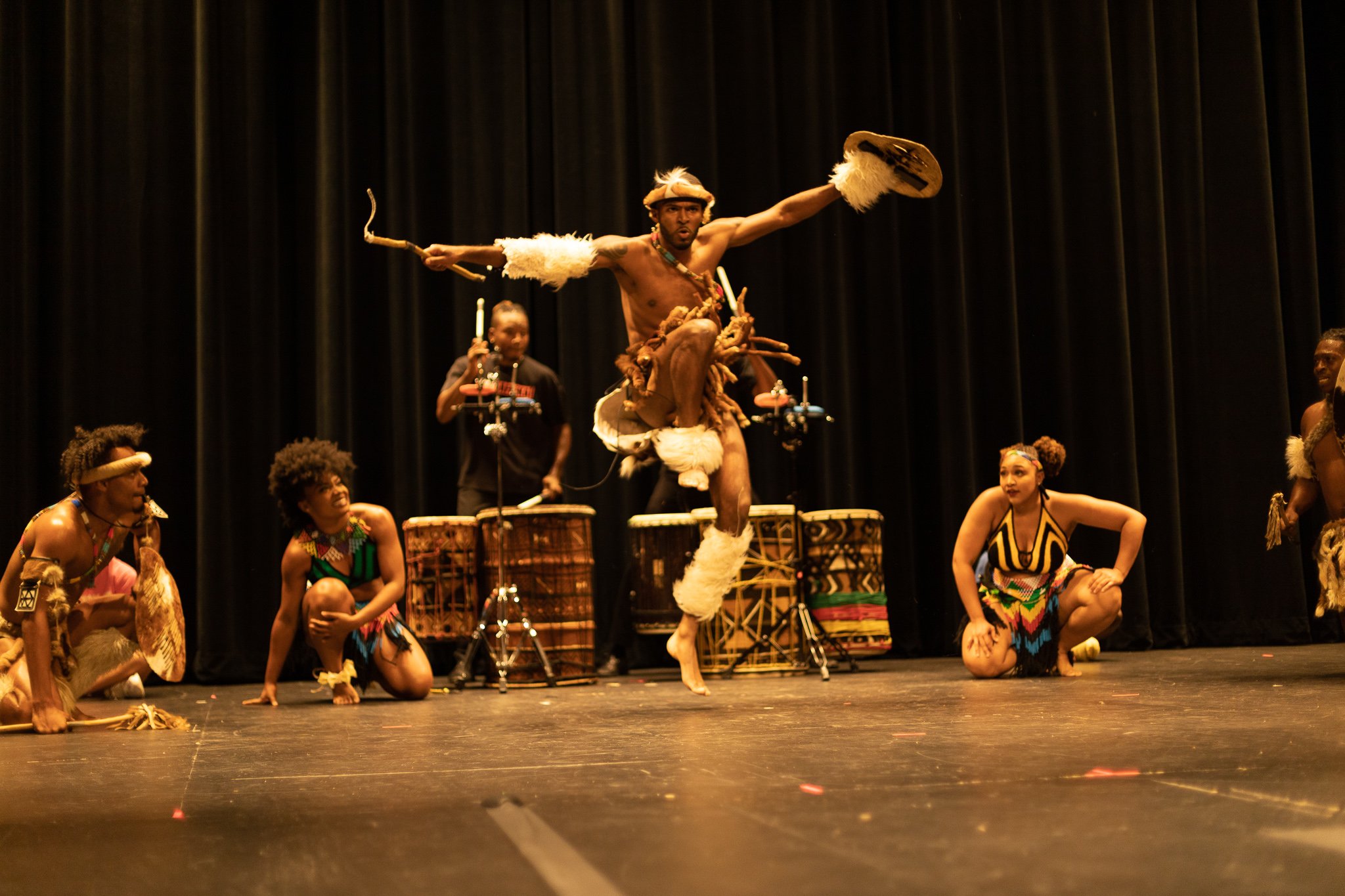
But where do I go from here? I have been eyeing up the Canon EOS R6- maybe this would indicate the next step in my career. As it stands, I’m only 1.5 years into my college studies, and I think it would be hard to go full-time in photography while also being a full-time student and part-time barista (Extra money doesn’t hurt- especially for lenses).
I think where it will all change is when I graduate. With a degree in marketing and a minor in journalism, I feel I’m supplying myself with the knowledge to succeed when my experience with photography is thrown into the mix. Hopefully, I’ll be able to pick up a full-time gig with some major publication (Omaha World-Herald or Lincoln Journal-Star would be nice), or maybe I’ll be able to make it work on my own. Regardless, I think I’m on the right track for success.